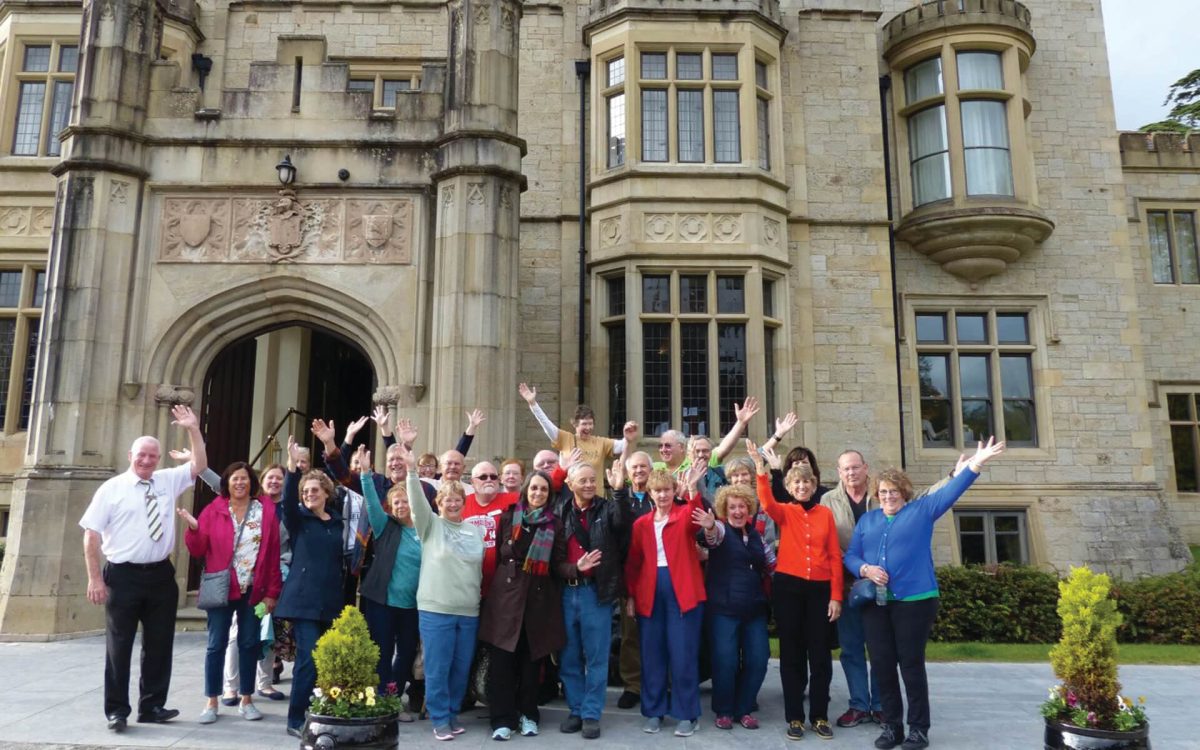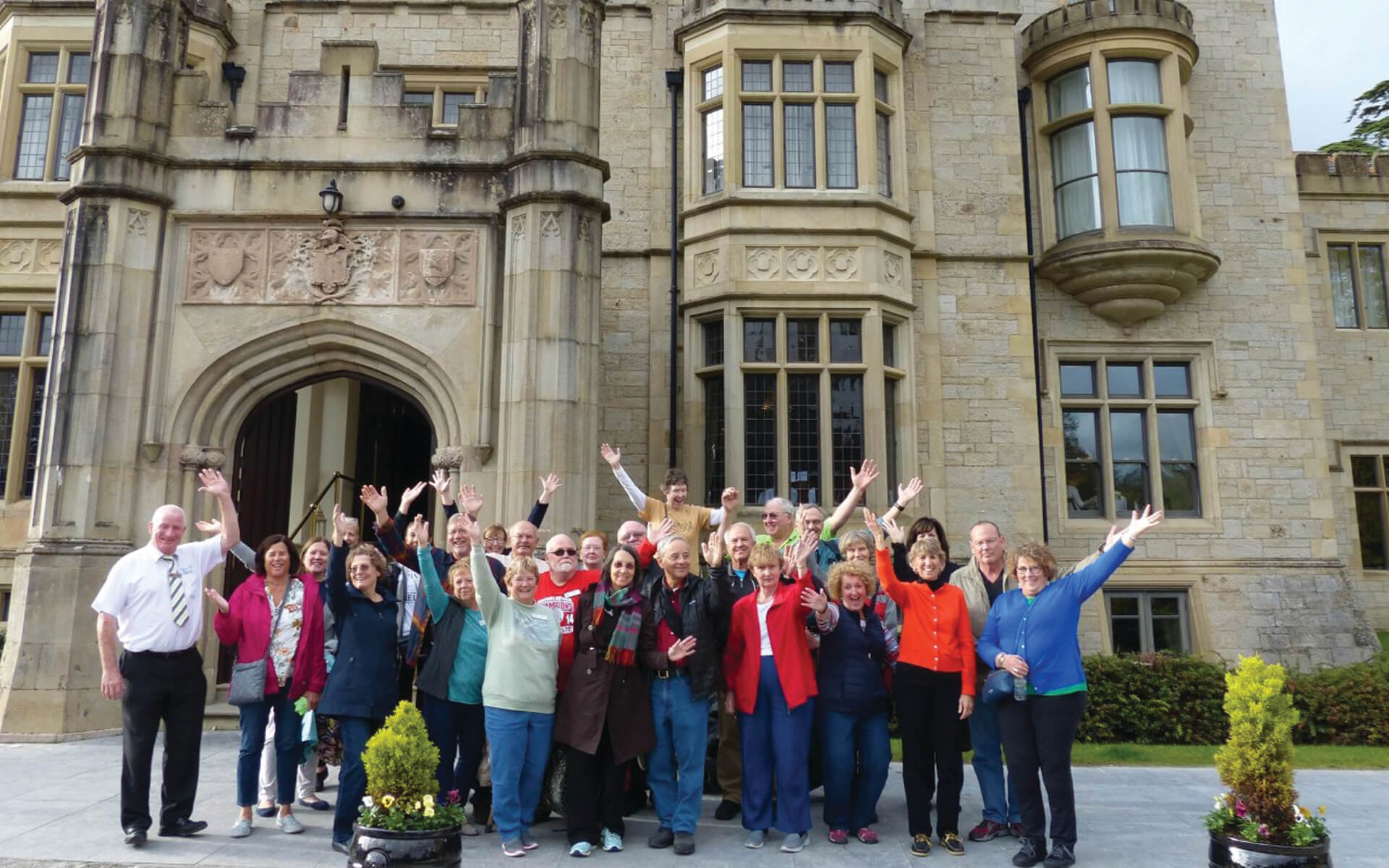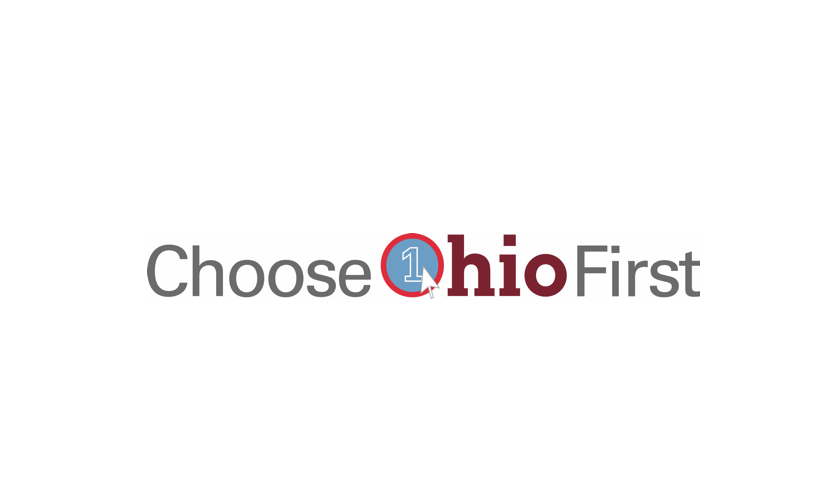There are not many university leaders who are willing to talk about the problems in American higher education, and even fewer willing to do something about it. On July 14, two leaders took the first step in doing the work of fixing a broken system, with a focus on contributing to society as a whole.
Otterbein University President John Comerford and Antioch University Chancellor Bill Groves, at an event livestreamed to both campuses, announced that the two universities were partnering with the intention to form a first-of-its-kind system of affiliated, independent, not-for-profit universities focused on shared graduate and adult learner programs.
The foundation of the system, and the calling card for future member universities, is the universities’ shared missions of providing access to an affordable, world-class education, while educating students to become engaged citizens advancing democracy; social, racial, and environmental justice; and the common good.
One advantage of the new system is that members will keep their distinctive undergraduate programs, branding, athletics, and student organizations. “Otterbein will always remain a residential undergraduate university built around meaningful faculty-student engagement and relationships,” Comerford said. “But given ongoing demographic trends, with decreasing numbers of high school graduates nationally for the next 15 years at a minimum, focusing only on undergraduates is not a sustainable path.”
Comerford noted that in Ohio alone more than two million adults have some college credit, but no degree.
“The system will additionally offer tailored workforce education programs with badges, certificates and other credentials to learners and business partners nationwide,” stated Comerford. “These workforce education programs not only help to keep and generate jobs in our local communities, they are important on-ramps for adult learners to pursue higher education and advanced credentials. Moreover, because the programs will be tailored to meet the specific needs of the employer, those businesses will ordinarily share in the cost of that education, improving access and affordability of higher education.”
Comerford laments the growing competition within higher education, driven by universities striving for prestige and rankings. “One of the most terrible aspects of our current model is that rather than judging universities by how they change the lives of the students they enroll, most rankings value how difficult it is for students to be admitted,” said Comerford. “The ‘most prestigious’ universities in the nation tend to admit a tiny percentage of the students who apply. Really? That’s how we share this incredible, life-changing resource, by closing the door on deserving students?”
Collaboration Over Competition
The new system prioritizes collaboration over competition. This innovative system allows the universities to expand adult learner and graduate degree offerings, to offer programs in more locations nationwide, to provide innovative learning modalities including online, low-residency, and hybrid settings, to create new opportunities for student engagement across institutions, and to enhance capacities and contain costs through shared services and improved technologies.
The system also gives Otterbein programs a national footprint. Antioch University currently has locations in Los Angeles, Santa Barbara, Seattle, Yellow Springs, OH, and Keene, NH.
Faculty and staff teams are working to identify which Antioch University programs will be offered in central Ohio. They are also exploring which of Otterbein’s well-respected graduate nursing and health and sport sciences programs will be offered in these out-of- state locations.
The benefits of the new system will not be limited to adult learners and graduate students. Several exciting undergraduate opportunities are under consideration, including guaranteed early admission pathways between Otterbein undergraduate programs and Antioch University’s graduate programs. Possibilities include pathways from Otterbein psychology and sociology degrees to Antioch University’s many community mental health counseling master’s programs, as well as a connection between Otterbein’s bachelor of fine arts in creative writing with Antioch University’s master of fine arts program.
Other ideas under consideration would allow Otterbein undergraduates to spend a semester or term studying at an Antioch University location, for instance, allowing an environmental studies major to spend a semester in Keene, New Hampshire, home of the environmental studies graduate program.
Otterbein faculty, staff, and administrators have been in discussions about the new system for many months. “Otterbein University and Antioch University saw a huge opportunity to be ahead of the curve, proactive, and forward thinking in what is often an antiquated, slow-to-change higher education system. They both also saw a need to do something different at a time when change is sorely needed in higher education,” said Otterbein Professor Joan Rocks, Department of Health and Sport Sciences.
For more information about plans for this new national university system, visit www.otterbein.edu/system/.
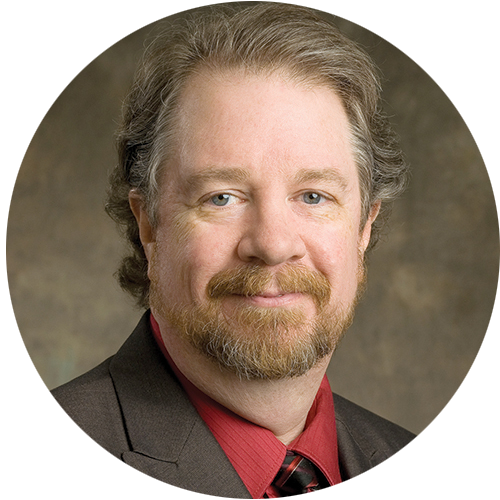
Jefferson Blackburn-Smith is the vice president of Enrollment Management and Marketing. He has developed and implemented new partnerships with Central Ohio school districts and community colleges to create new opportunities to underserved populations to earn a higher education degree.
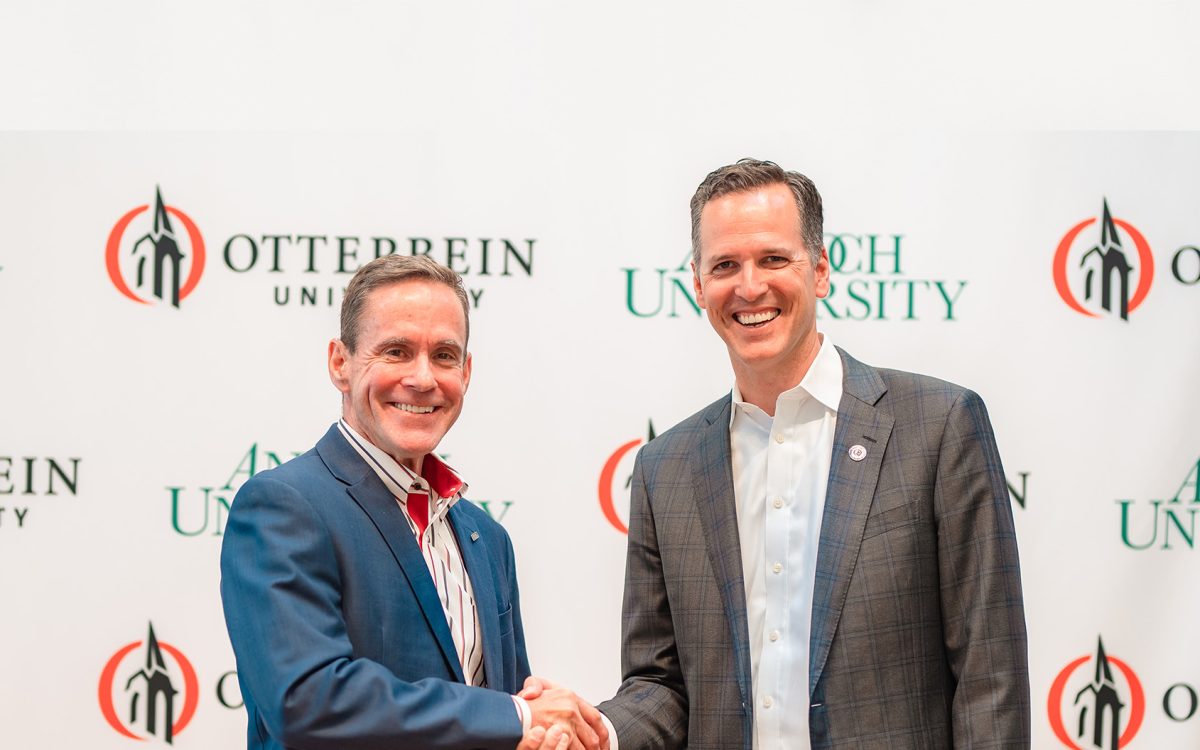
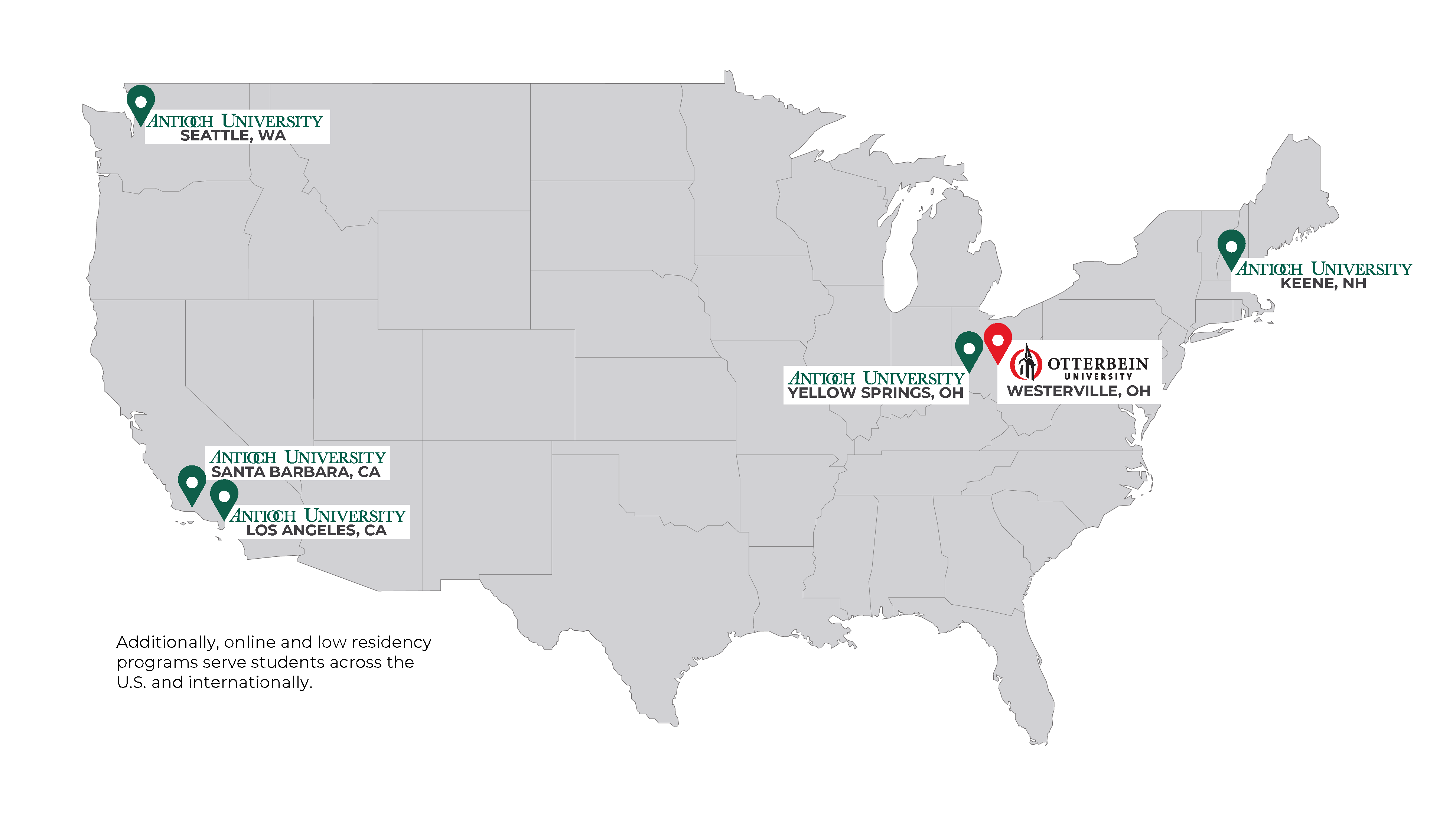
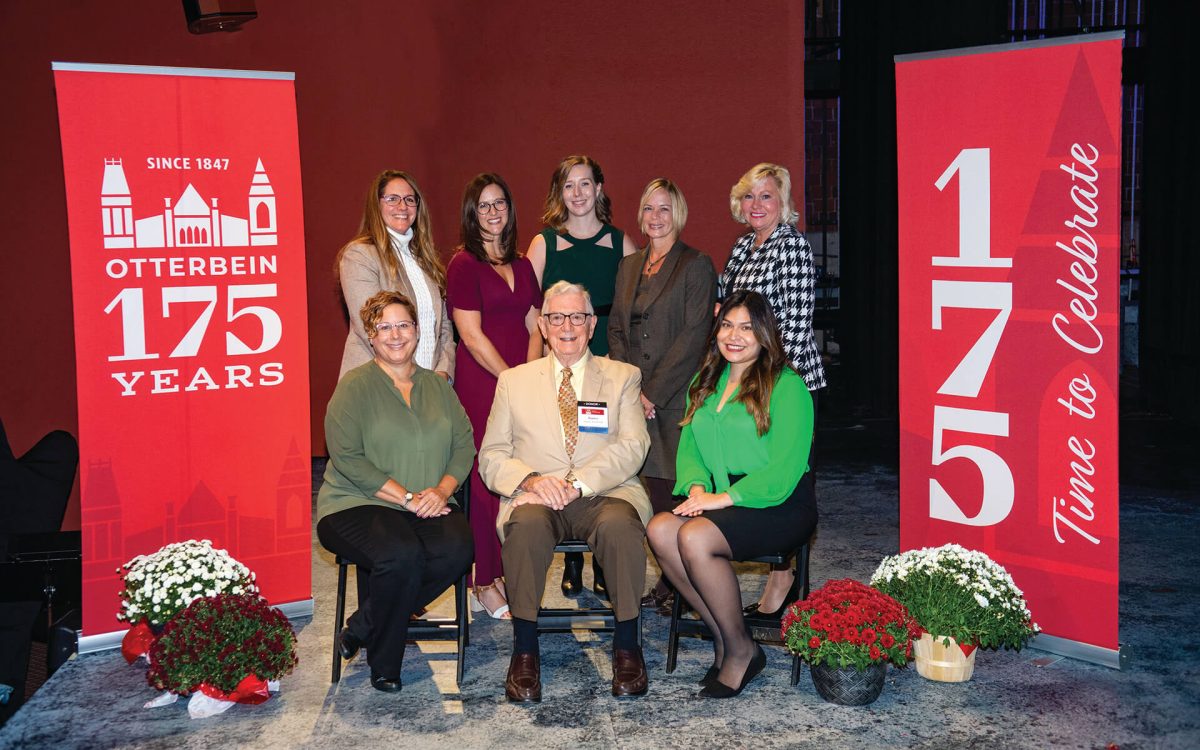
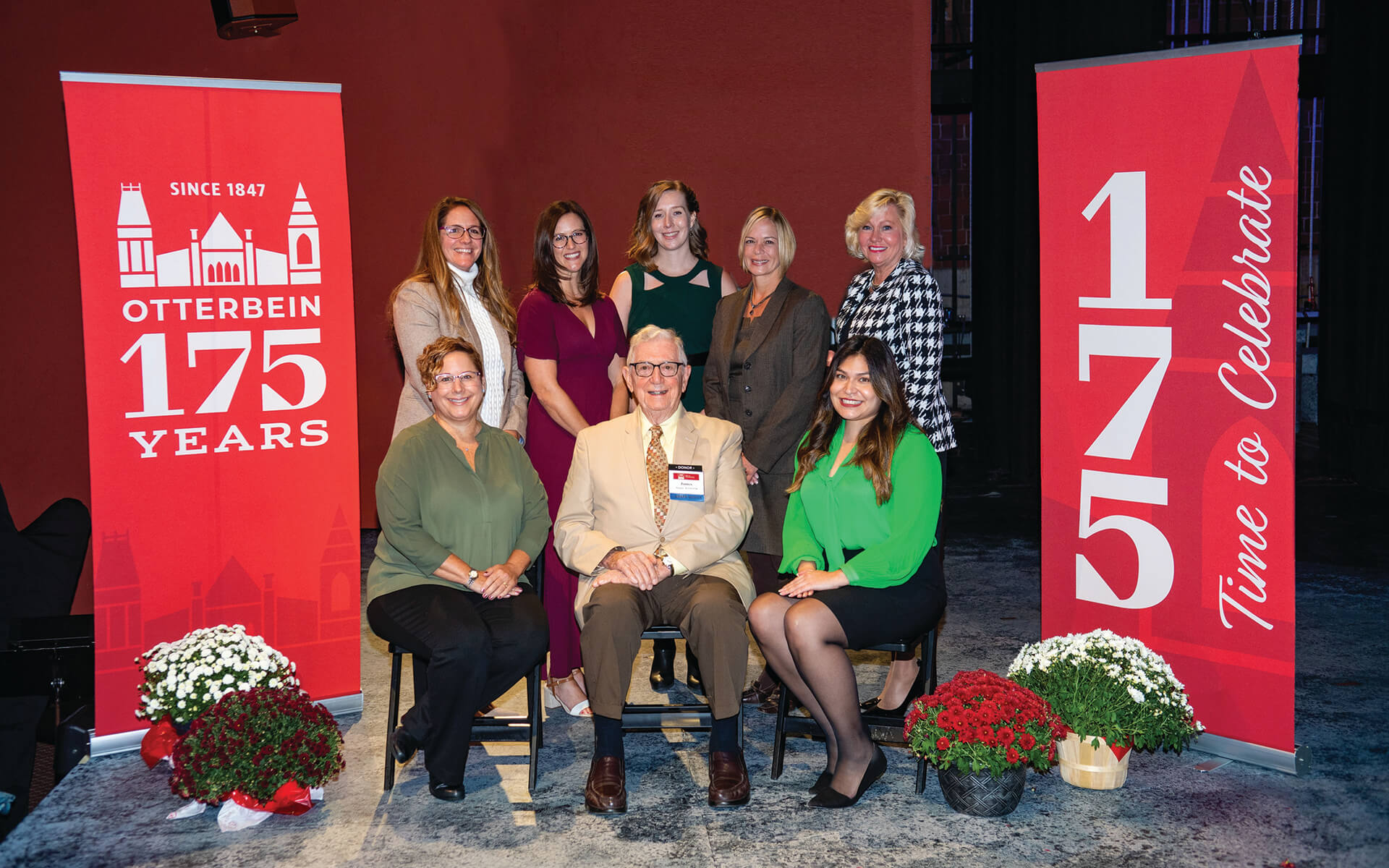
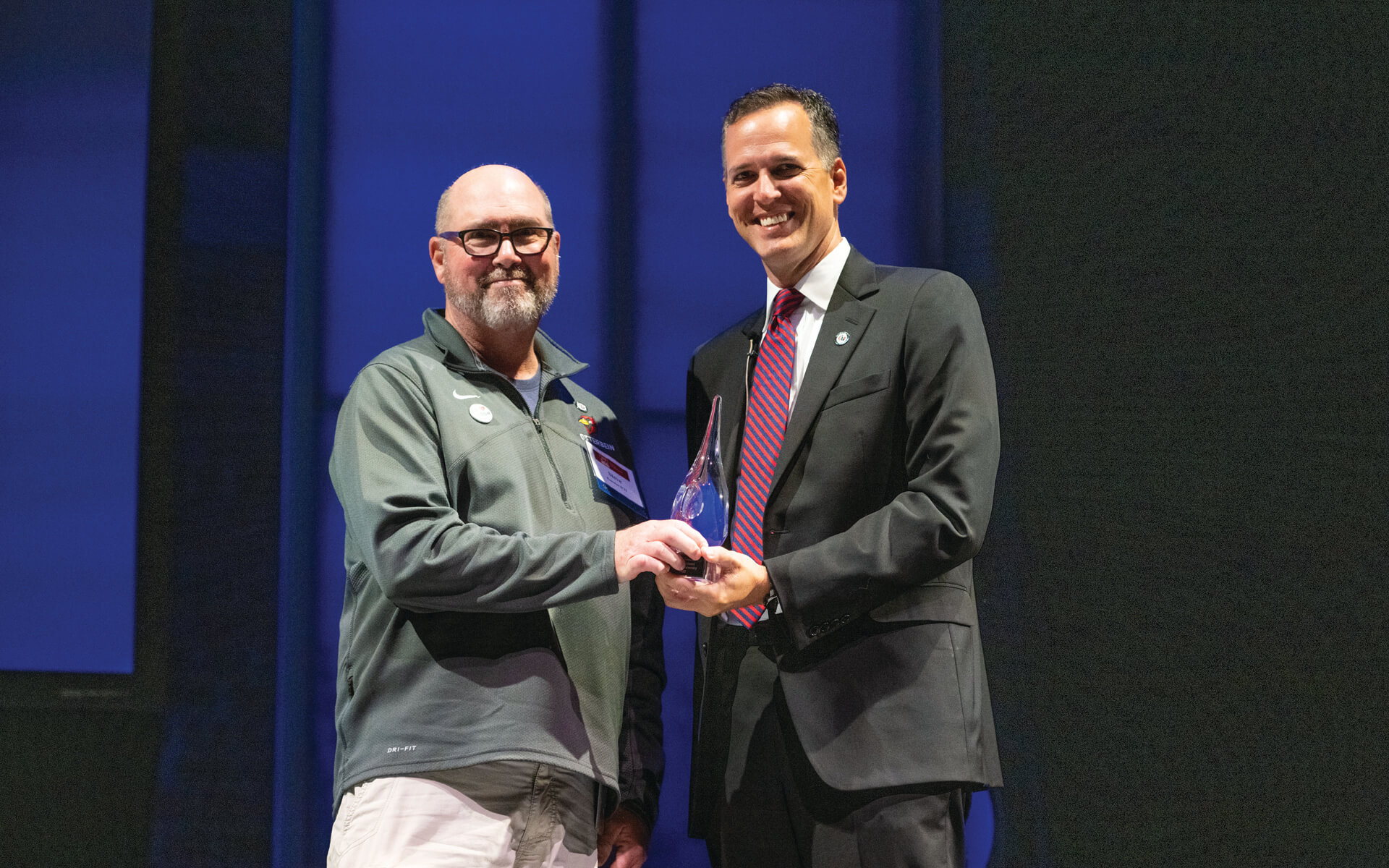
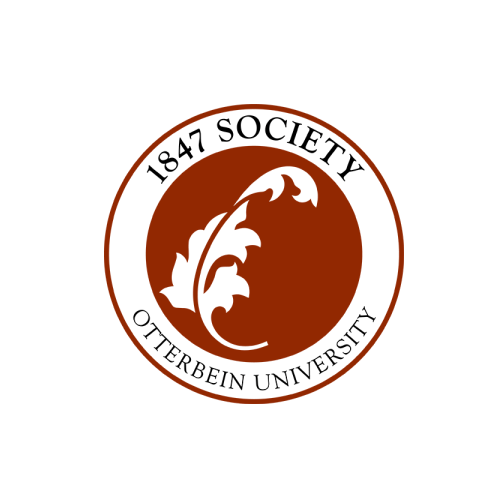
 Otterbein’s 1847 Society recognizes individuals and couples who have established a planned gift to the University. During Otterbein’s 175th anniversary year, planned gifts are a meaningful way to ensure your legacy and commemorate this historic milestone. Planned gifts, at their core, are one of the best ways you can “pay it forward” to make an impact for future students and ensure that Otterbein remains a leader in higher education.
Otterbein’s 1847 Society recognizes individuals and couples who have established a planned gift to the University. During Otterbein’s 175th anniversary year, planned gifts are a meaningful way to ensure your legacy and commemorate this historic milestone. Planned gifts, at their core, are one of the best ways you can “pay it forward” to make an impact for future students and ensure that Otterbein remains a leader in higher education.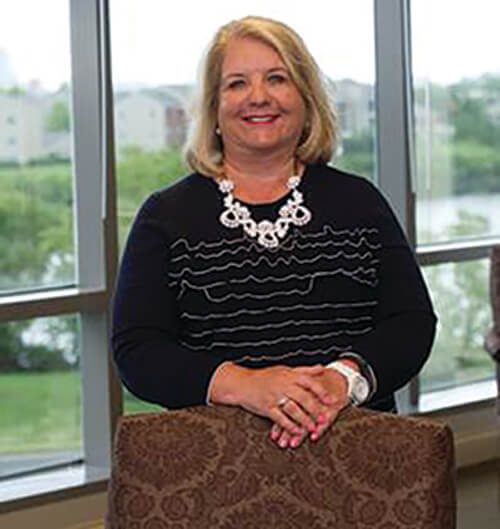
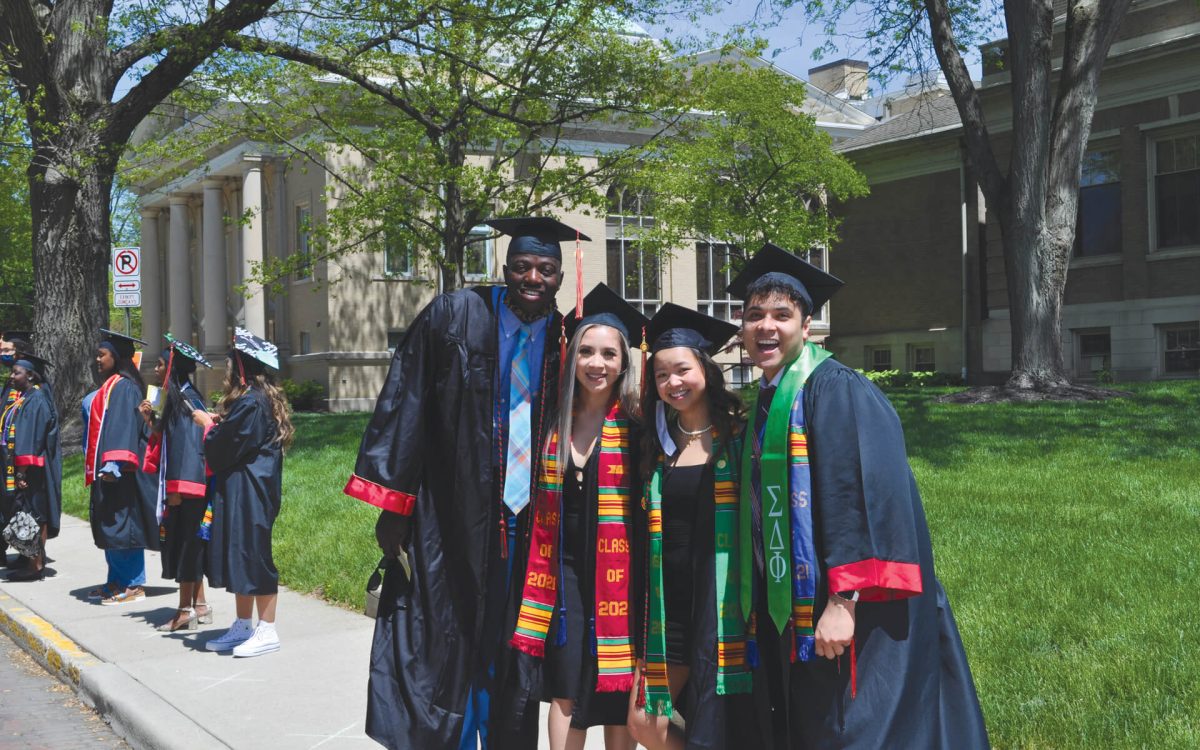
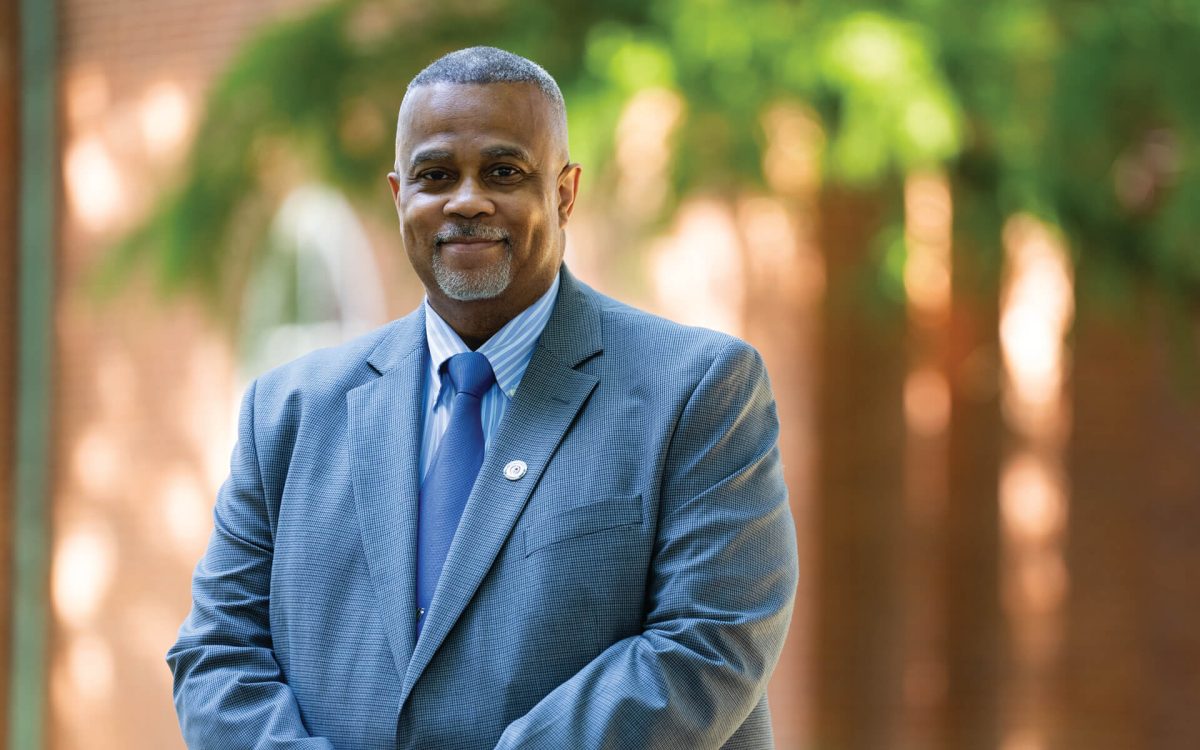
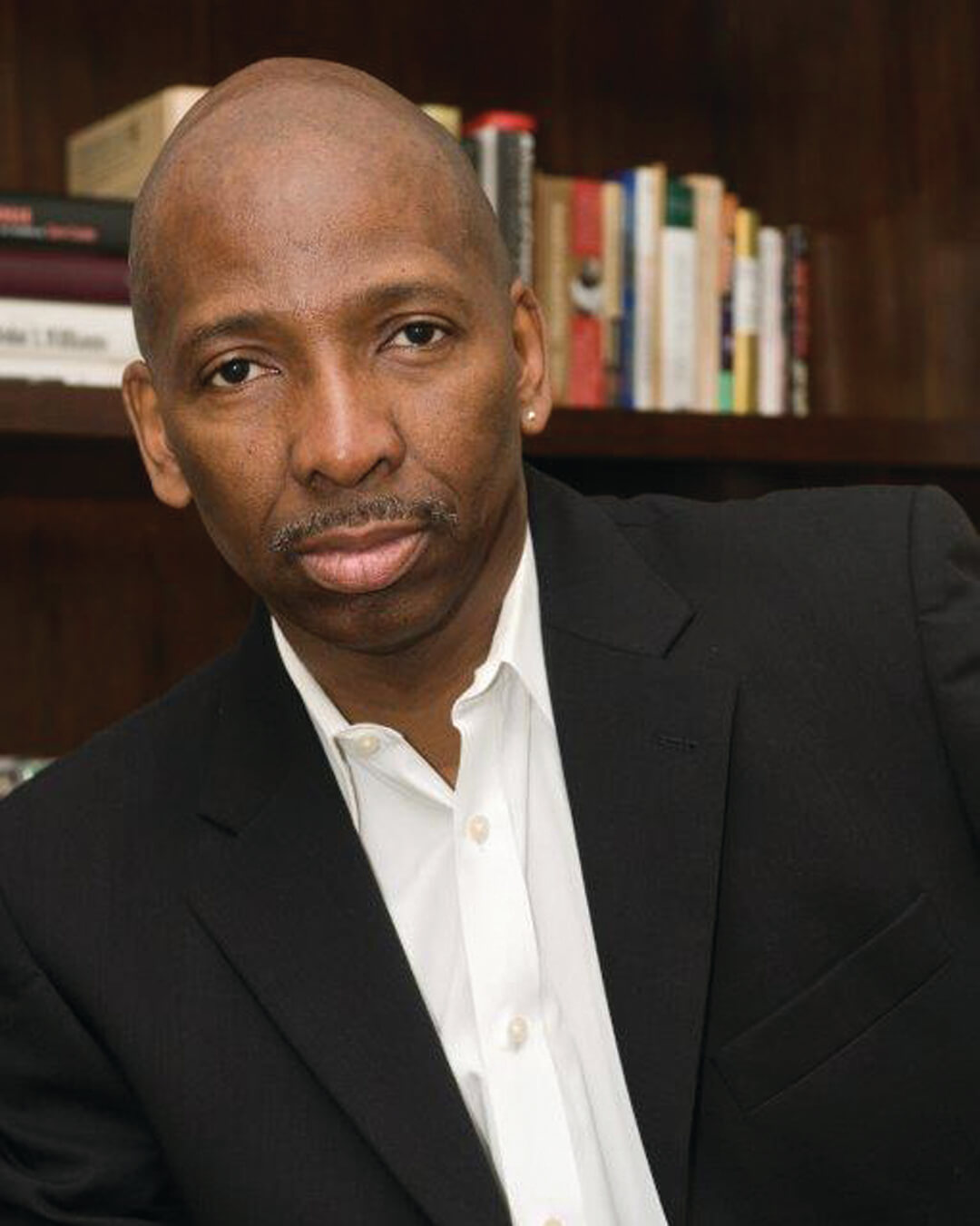 Frank is the new director of the
Frank is the new director of the 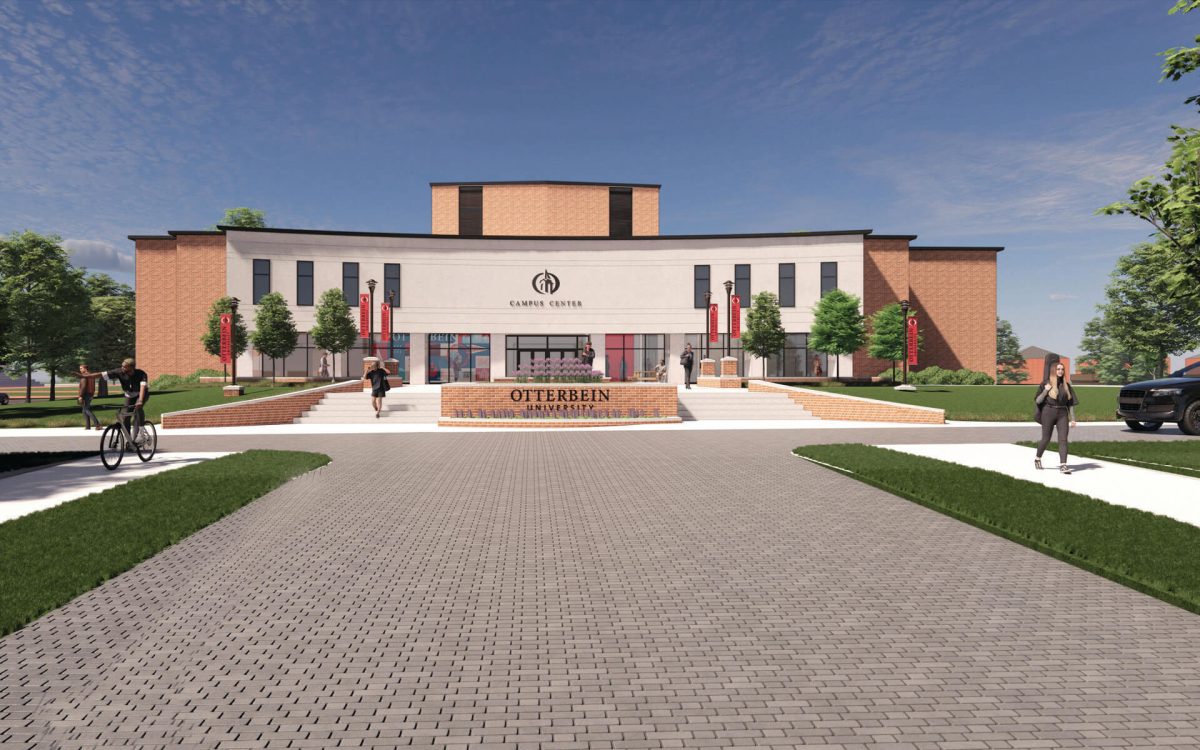
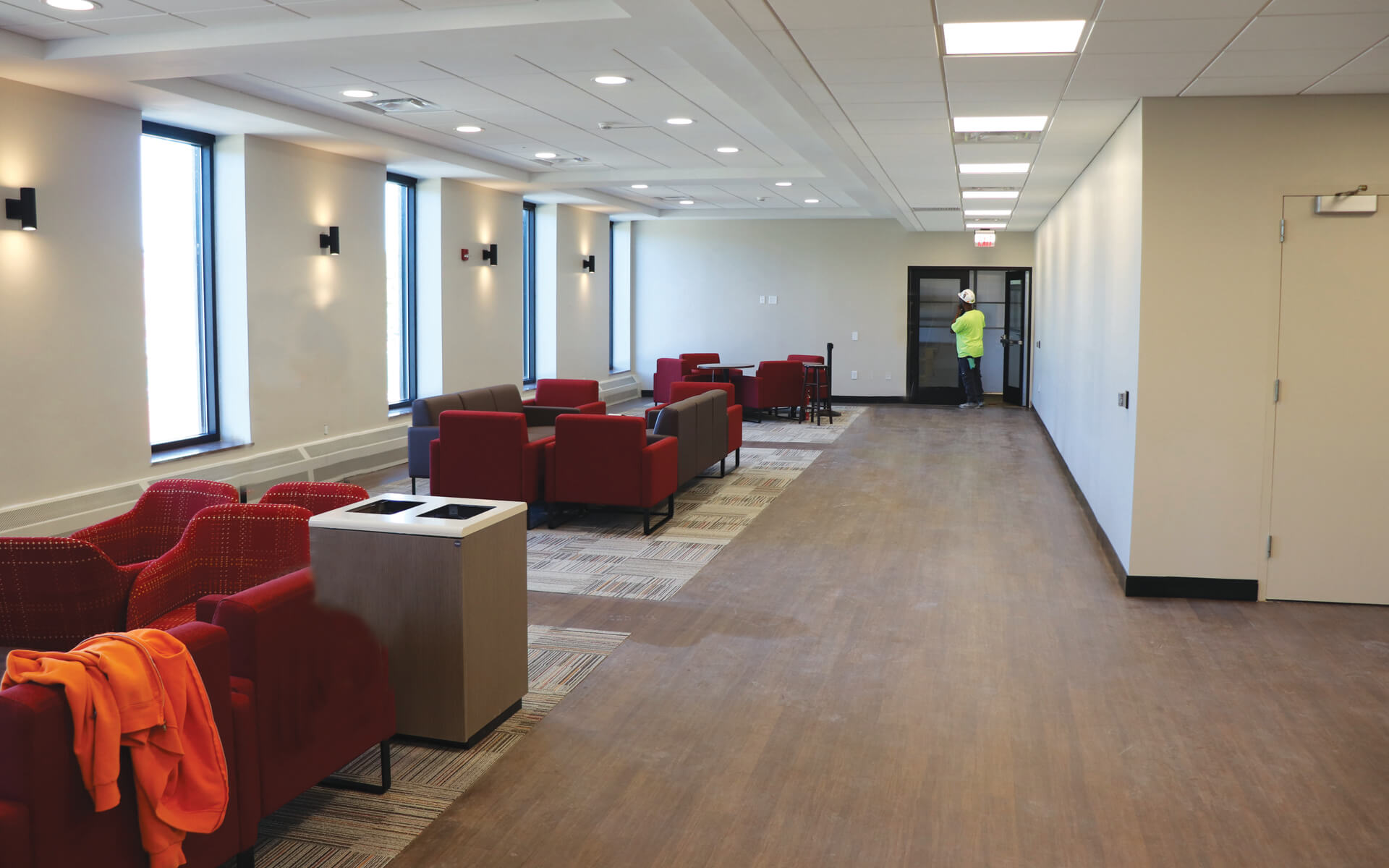
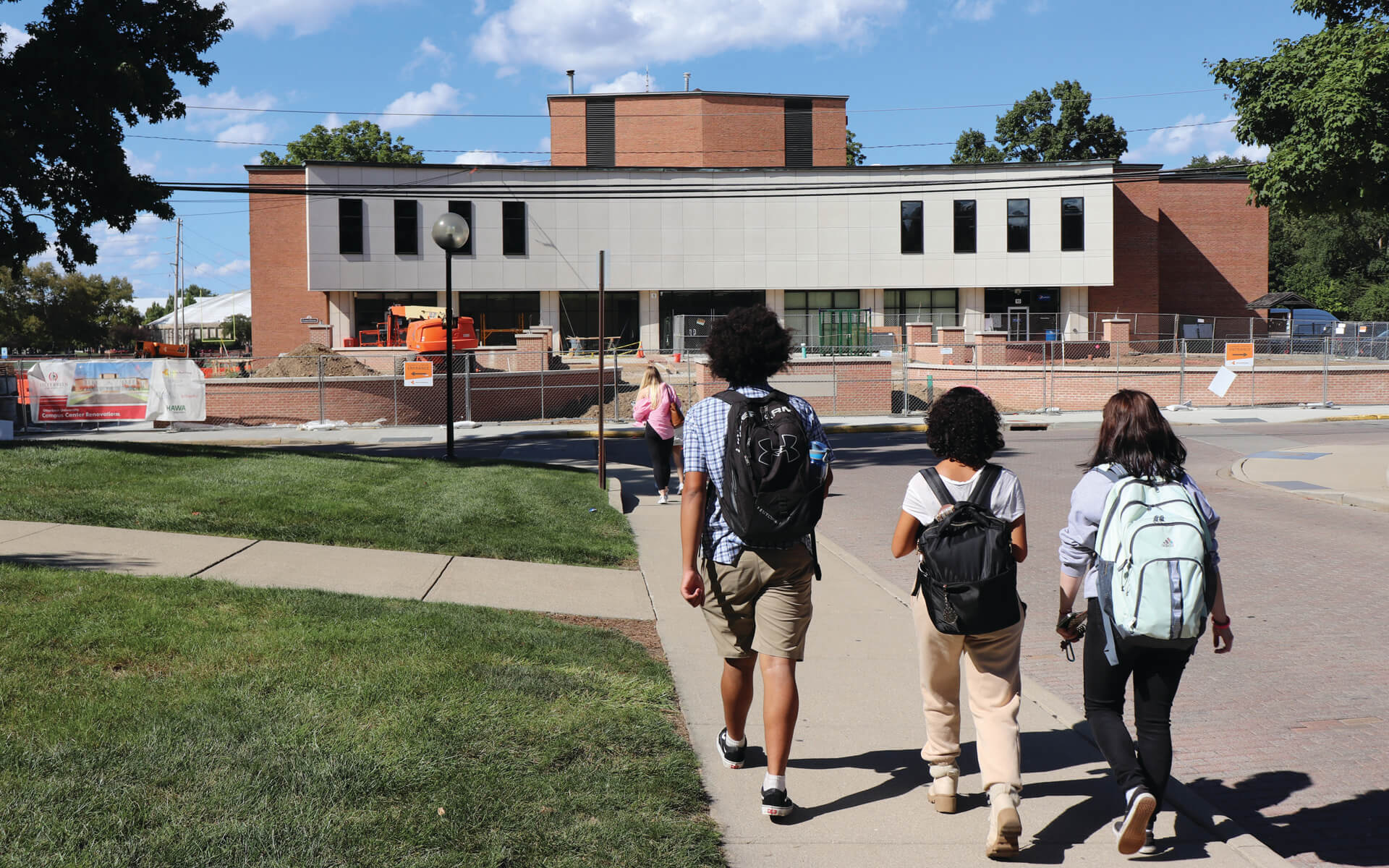
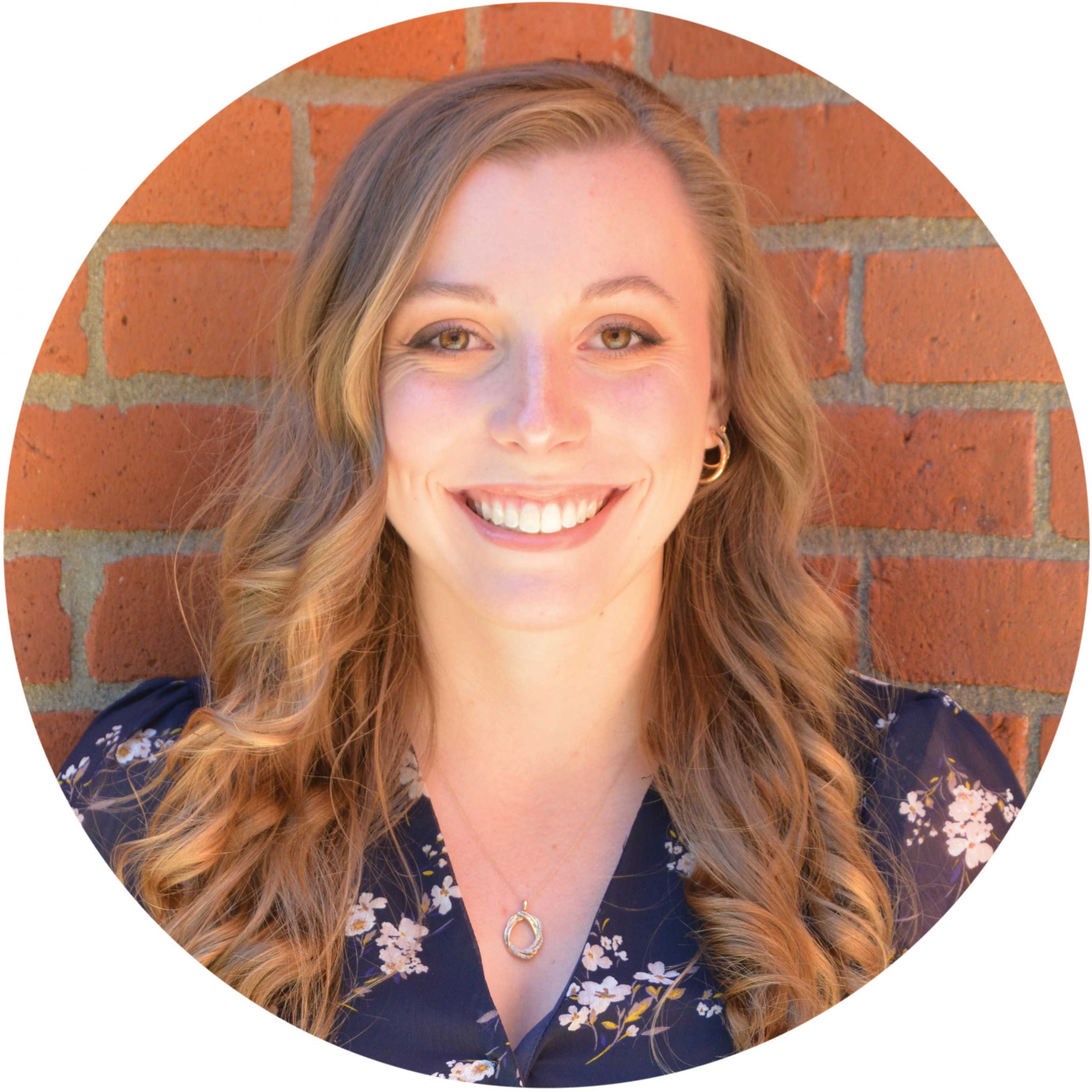
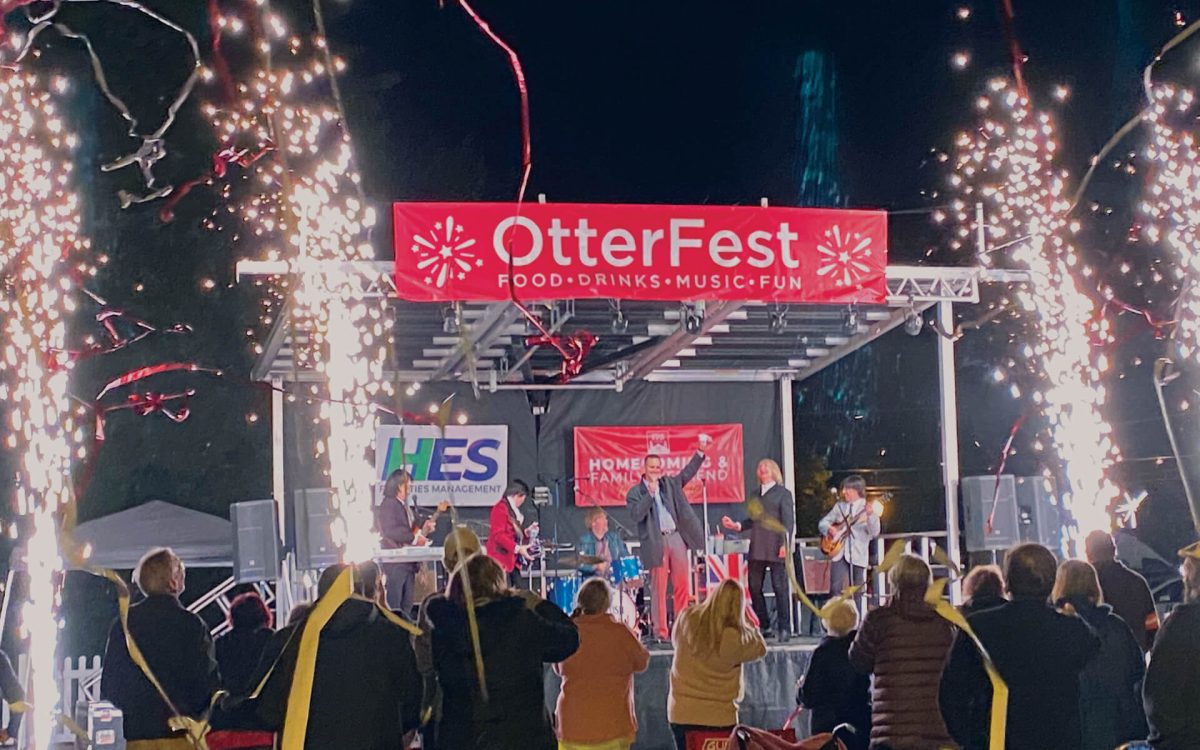
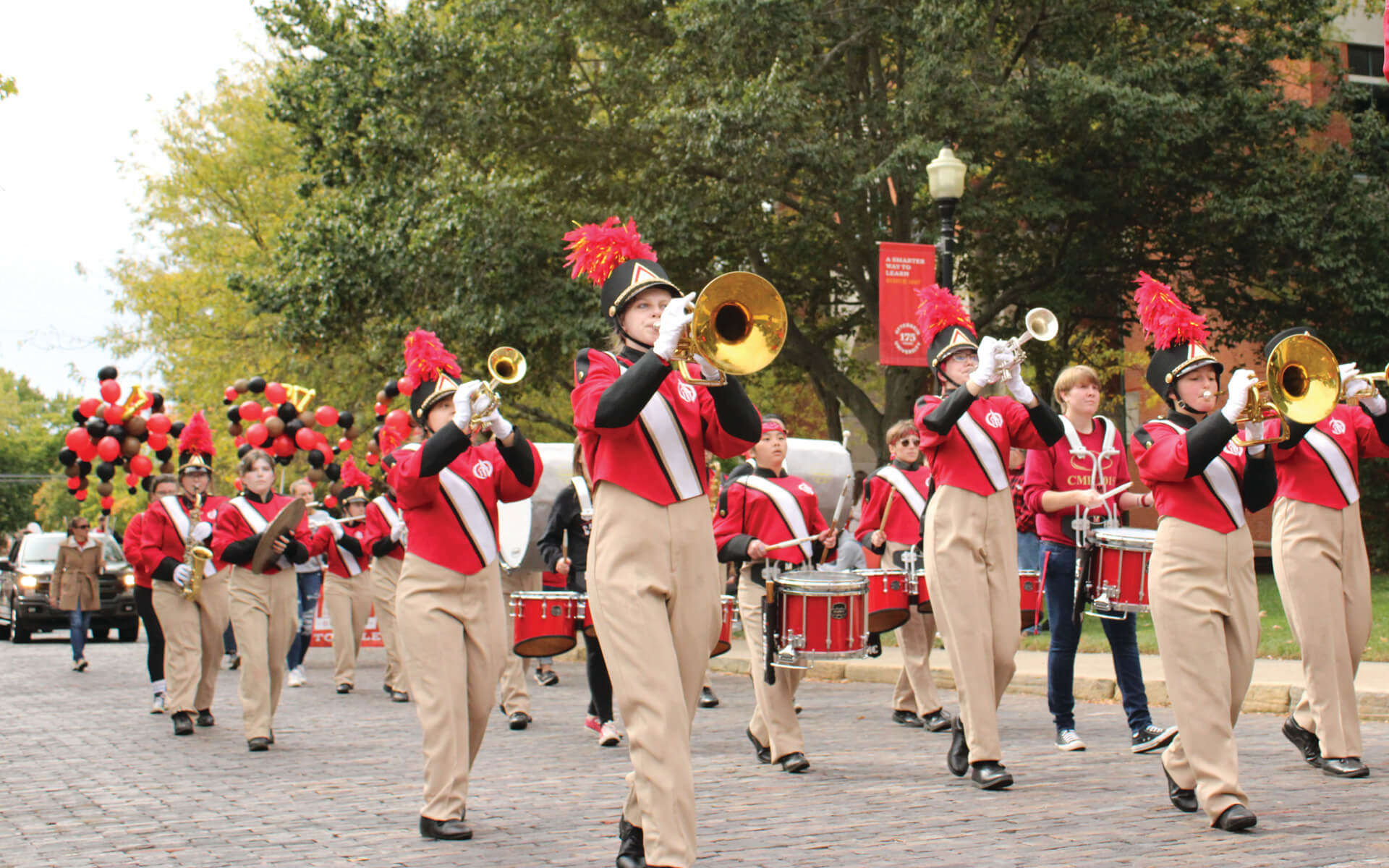
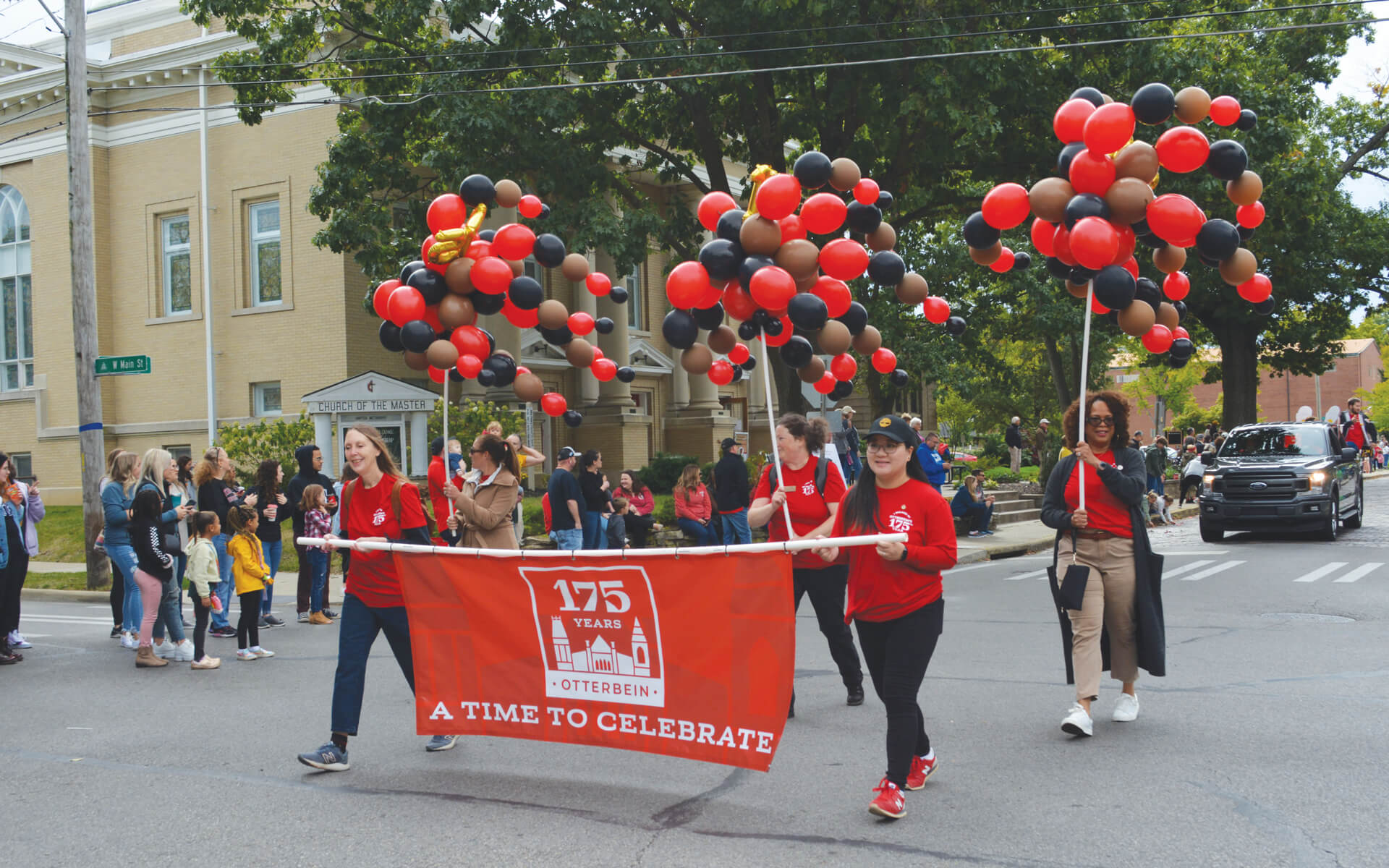
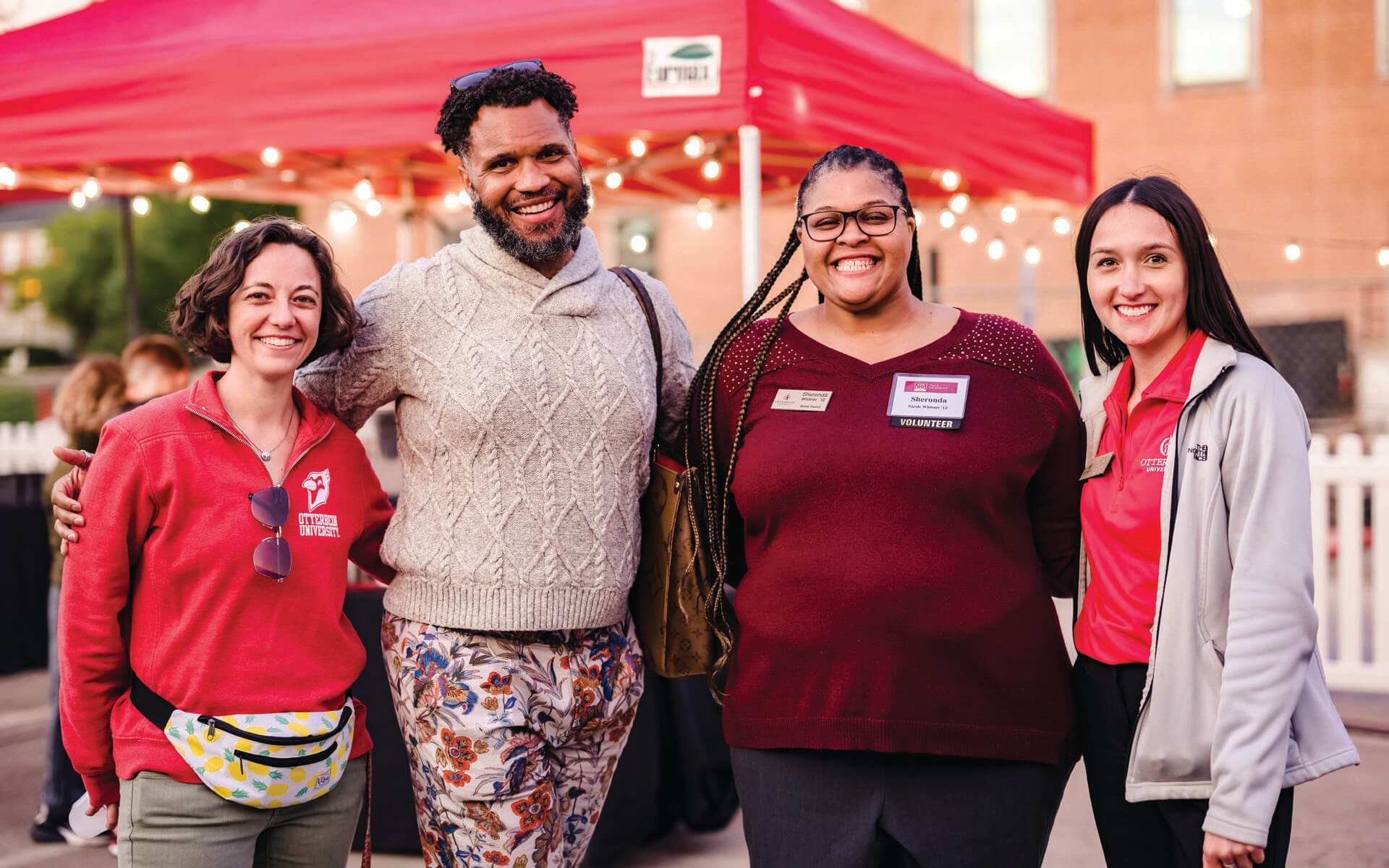
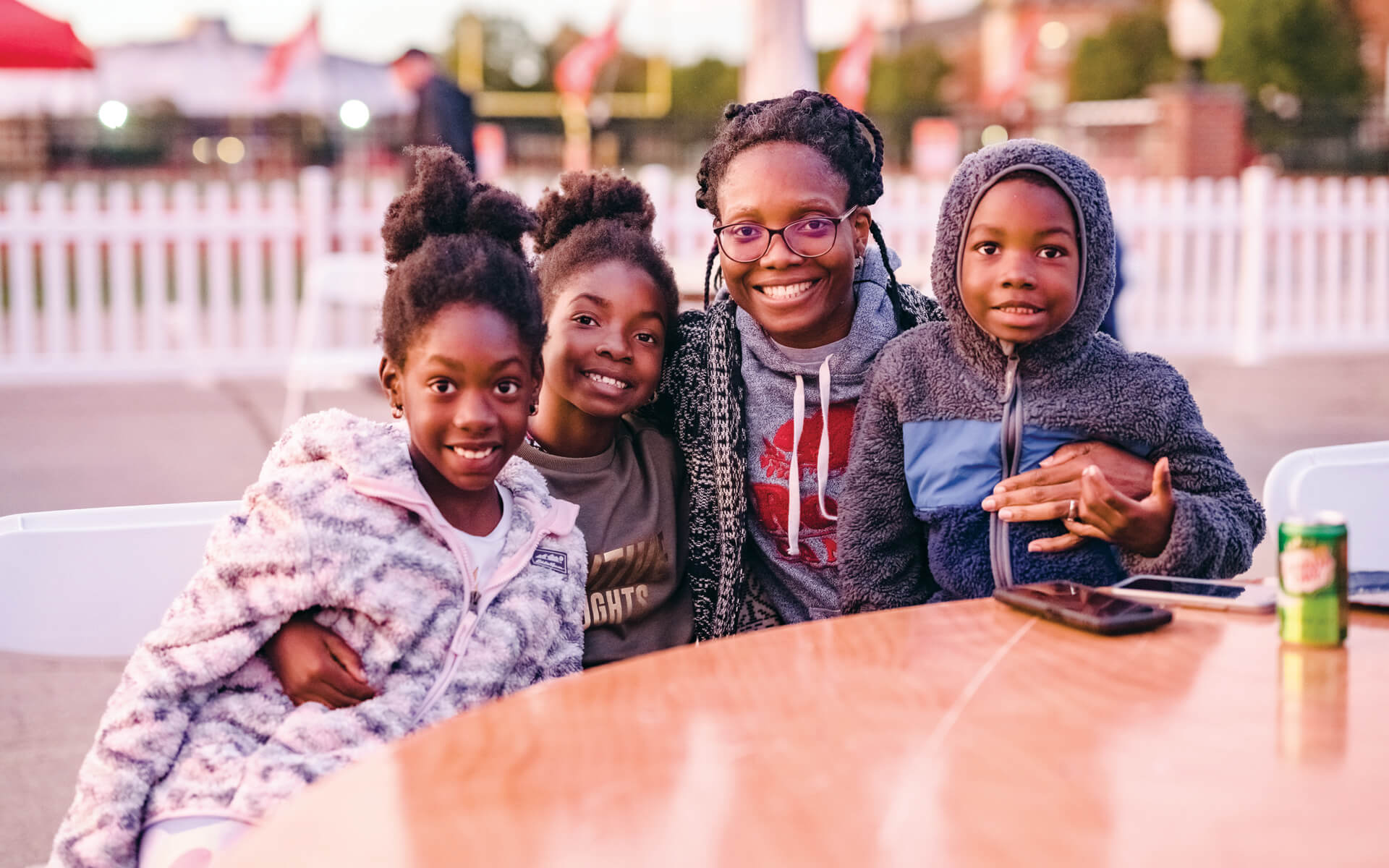
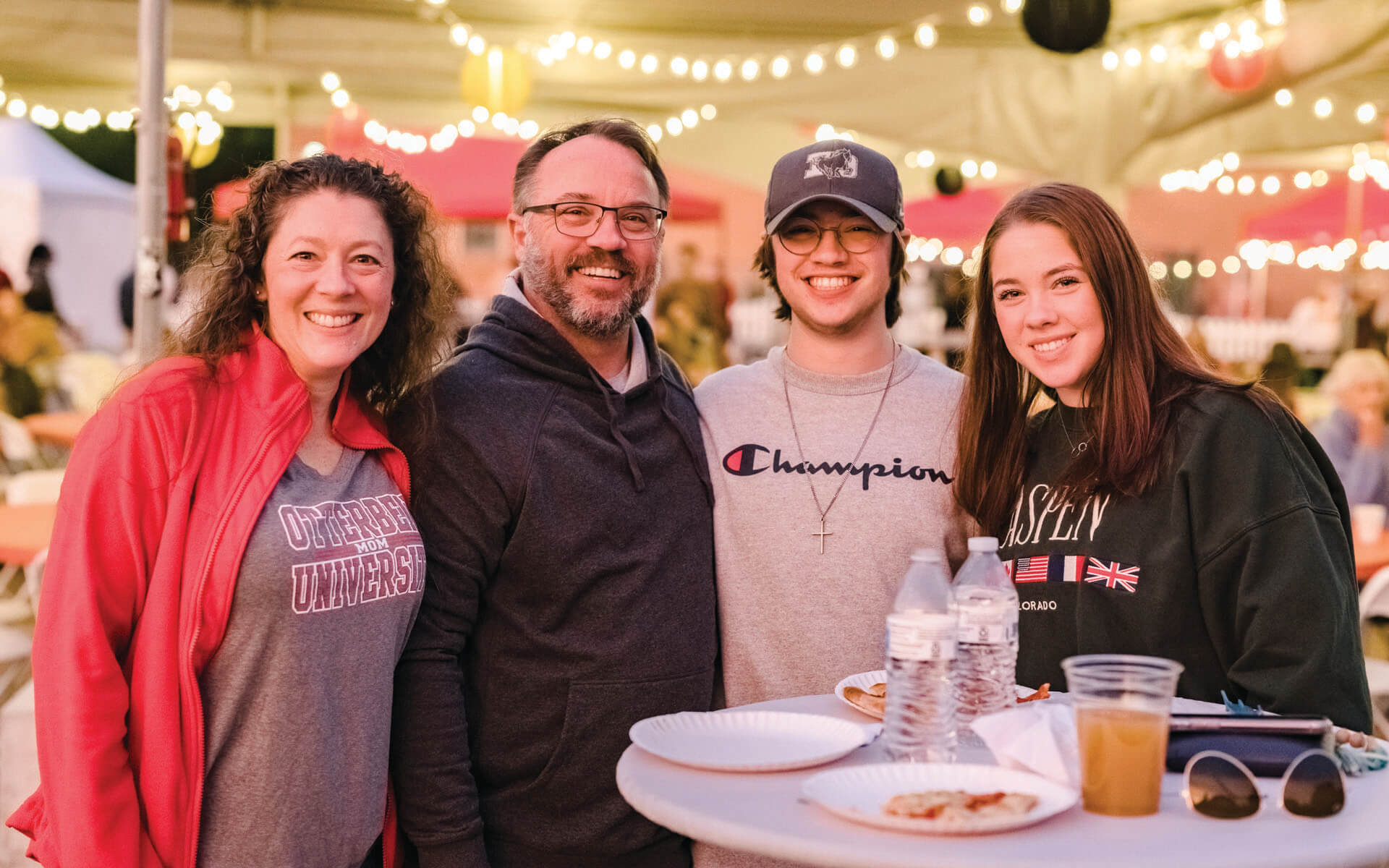
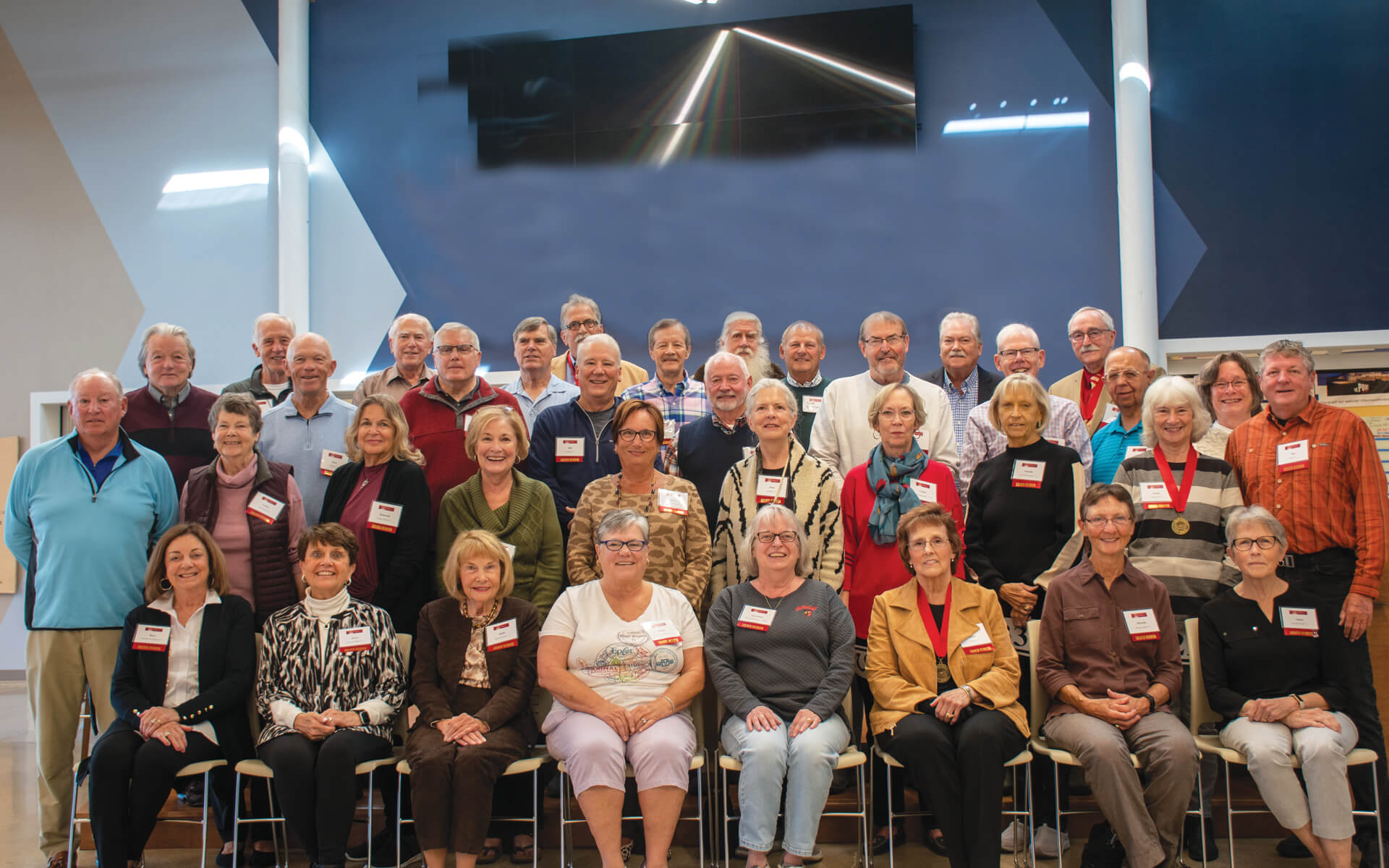
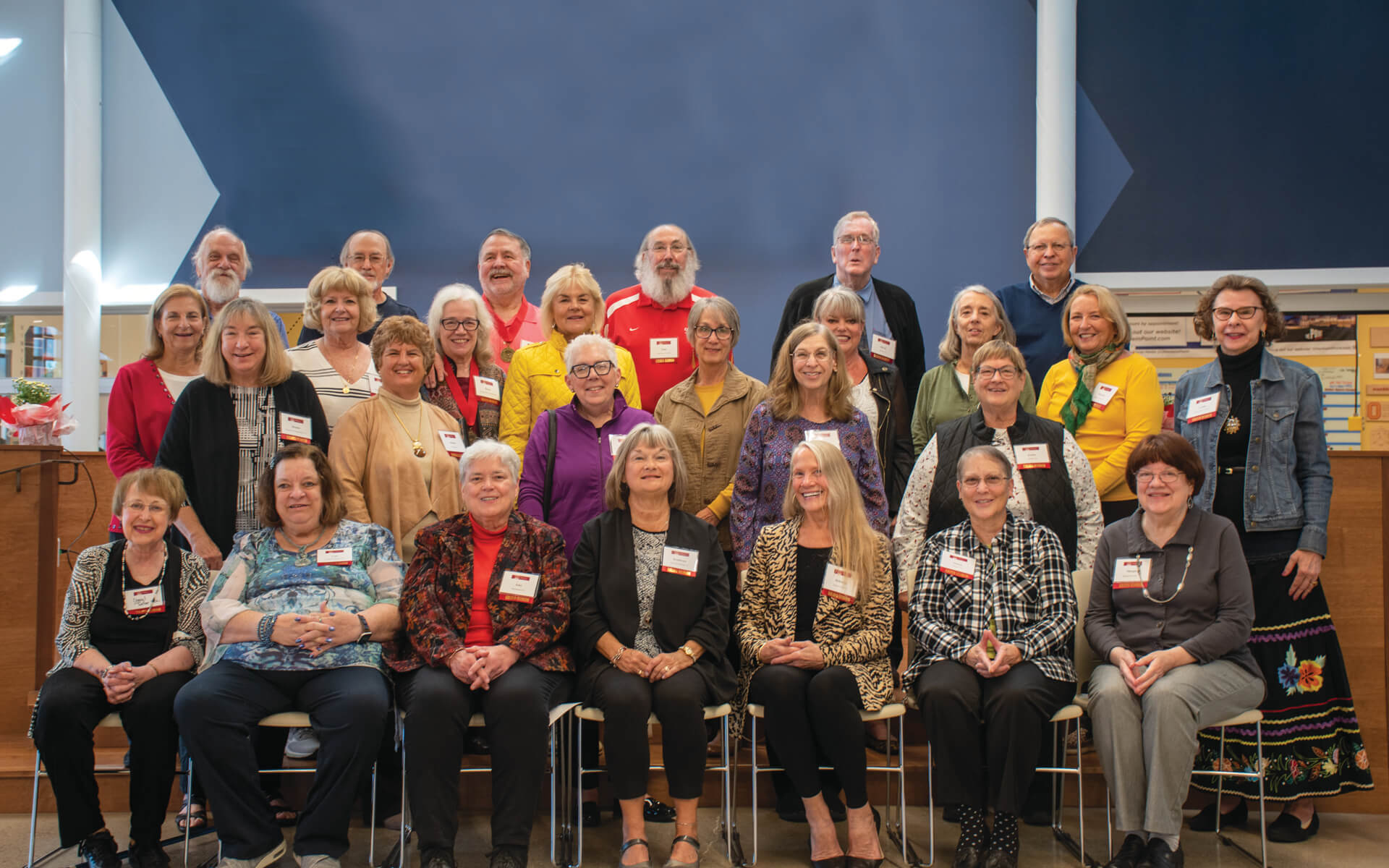
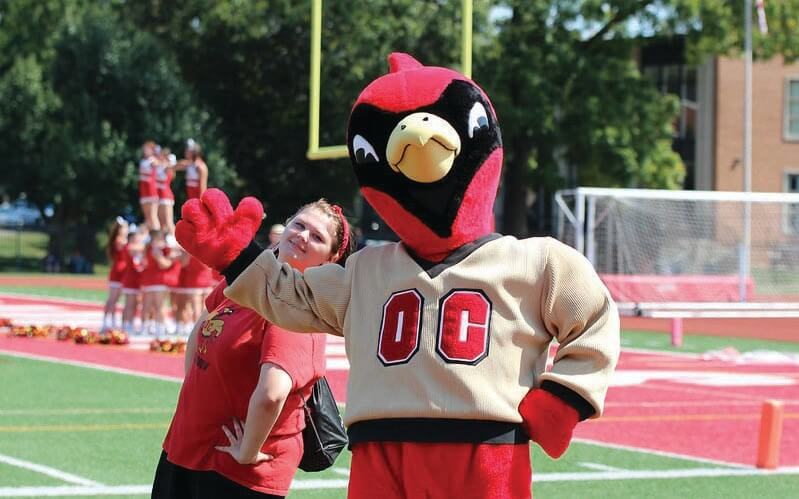
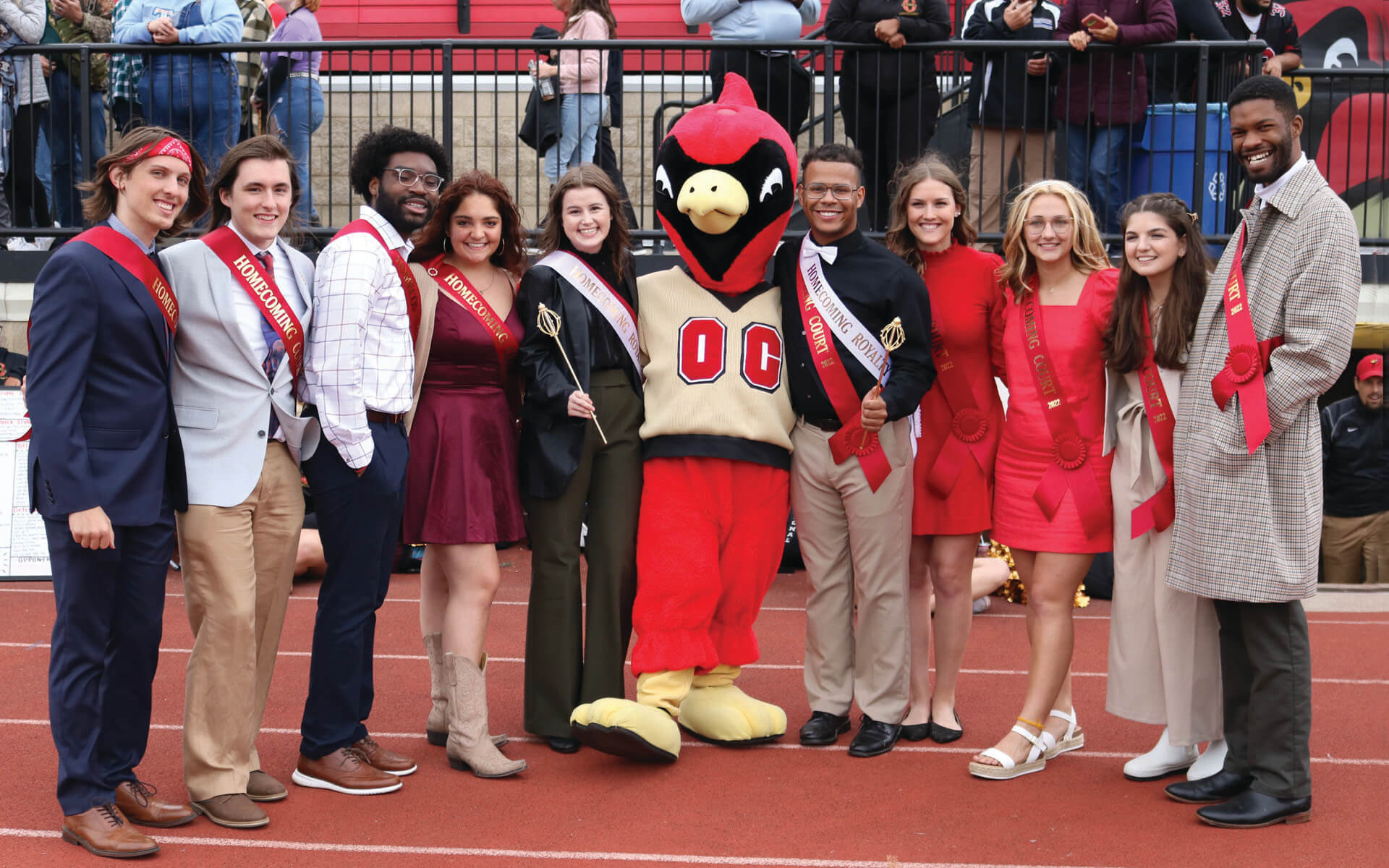
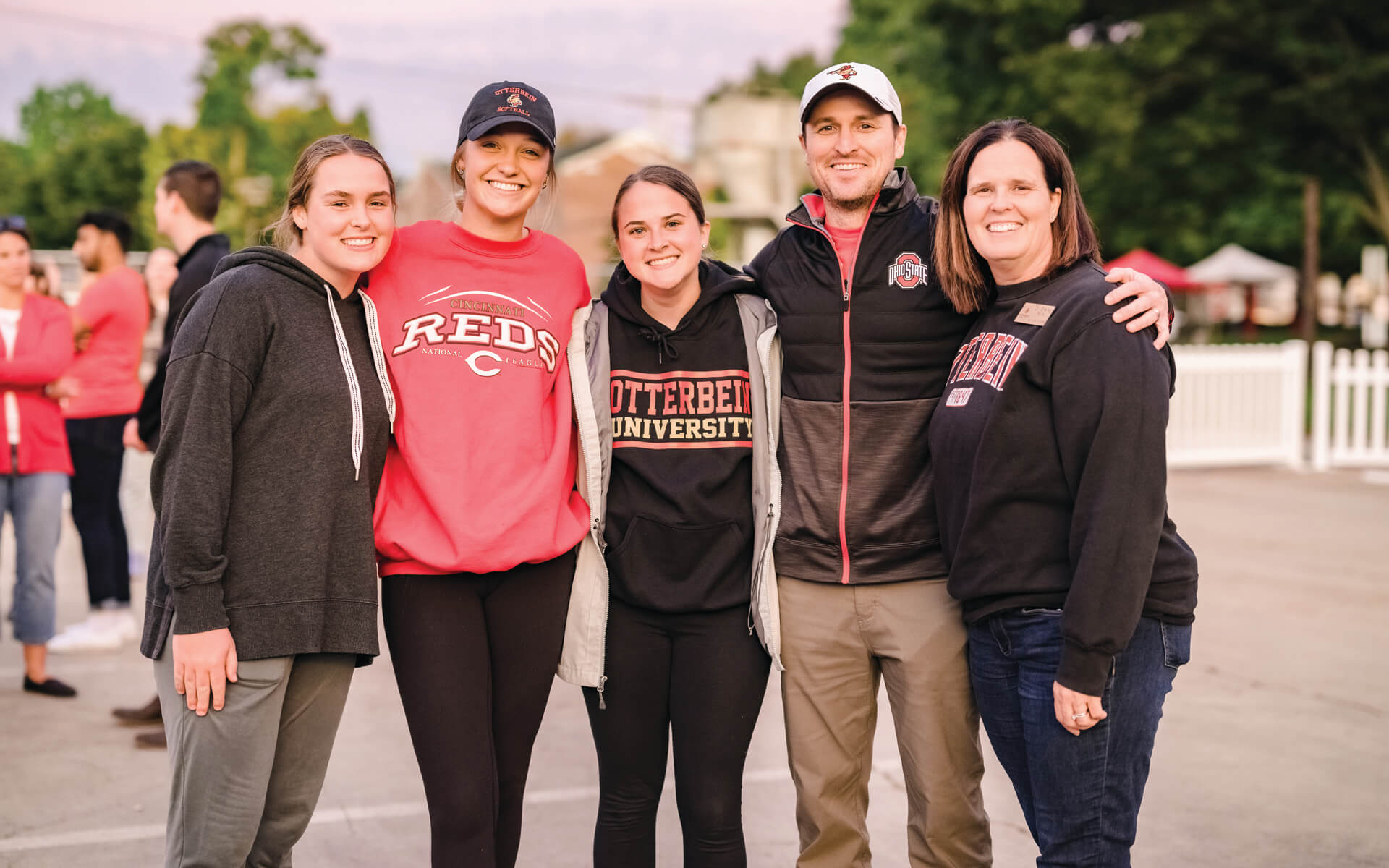
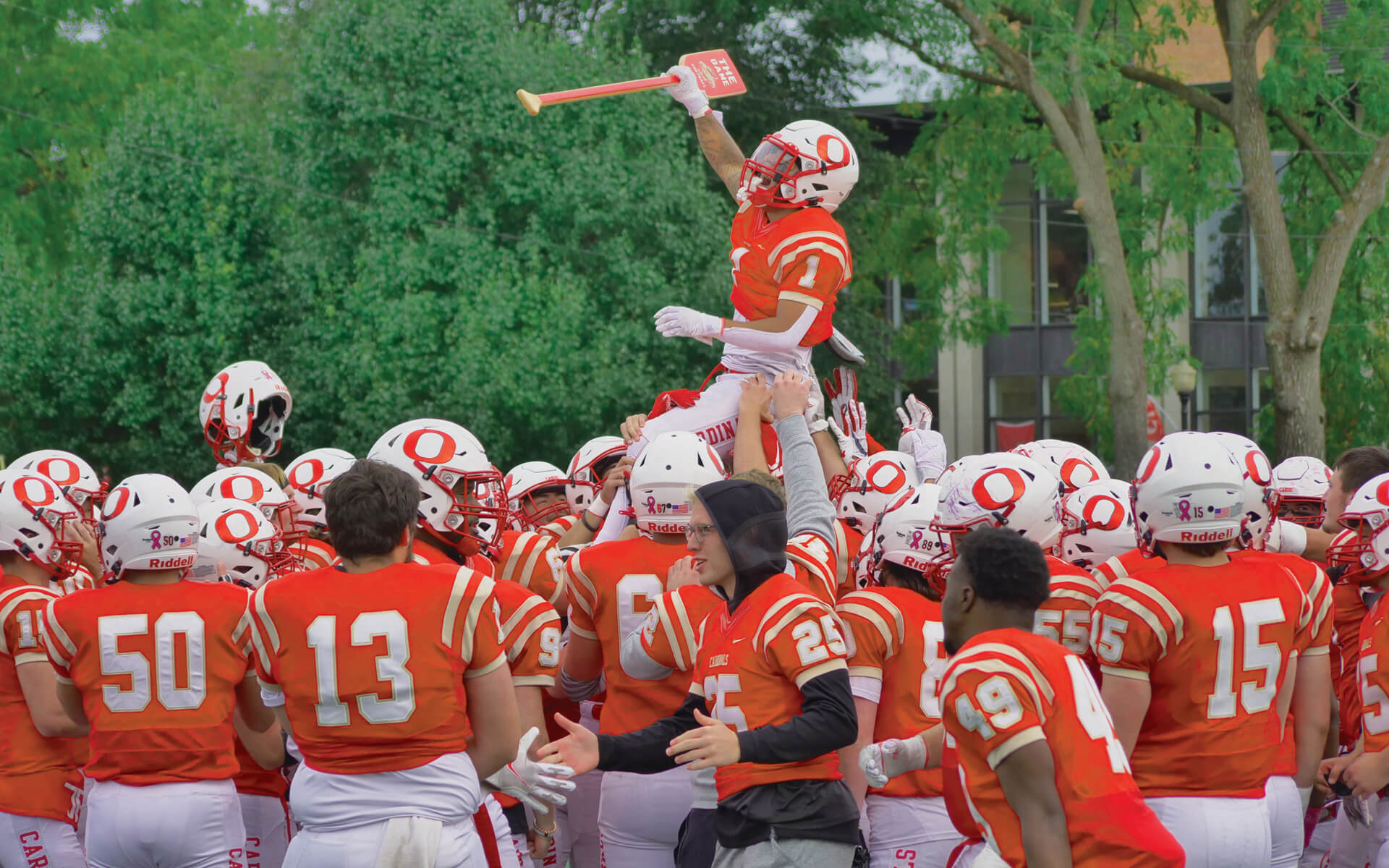
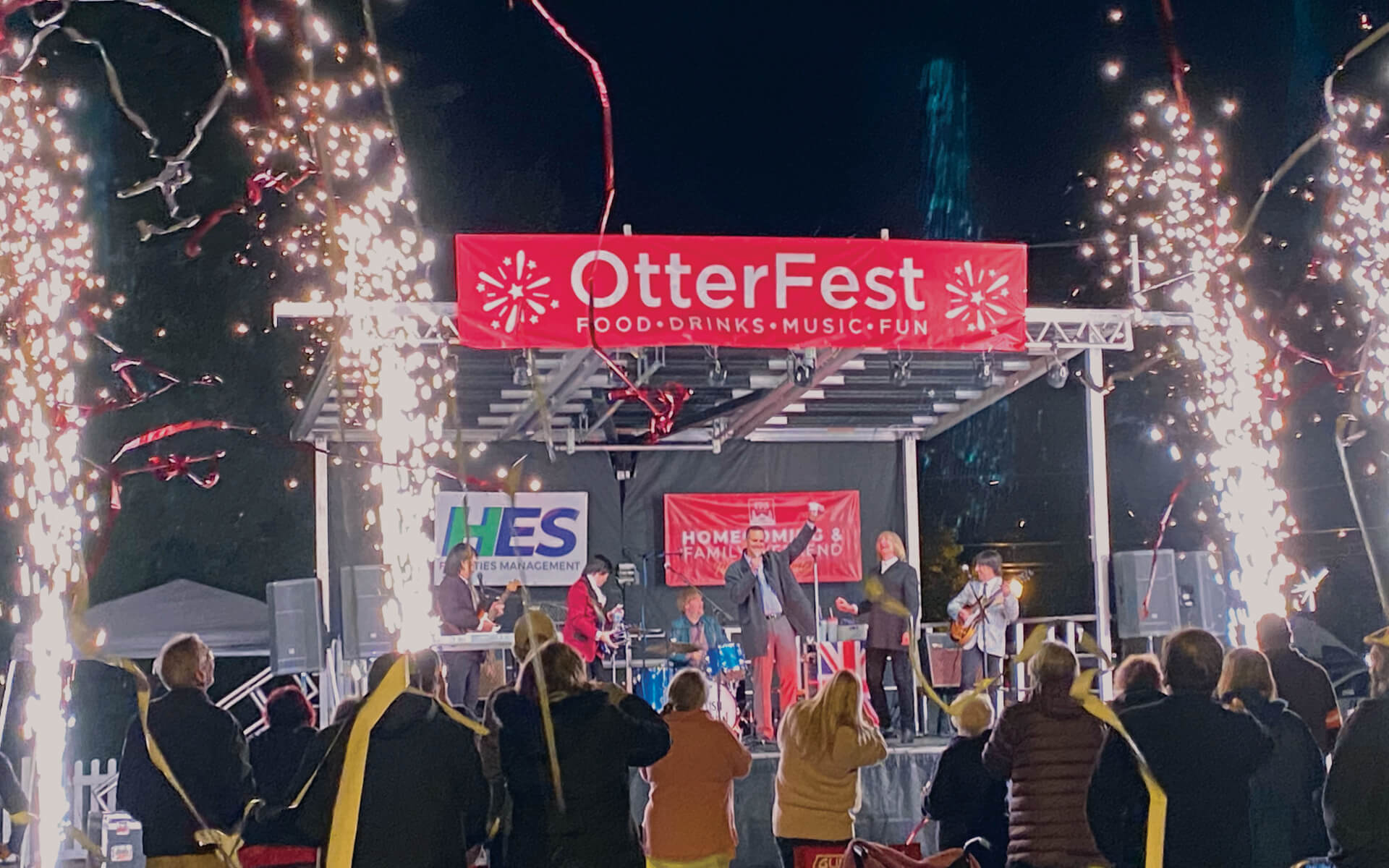
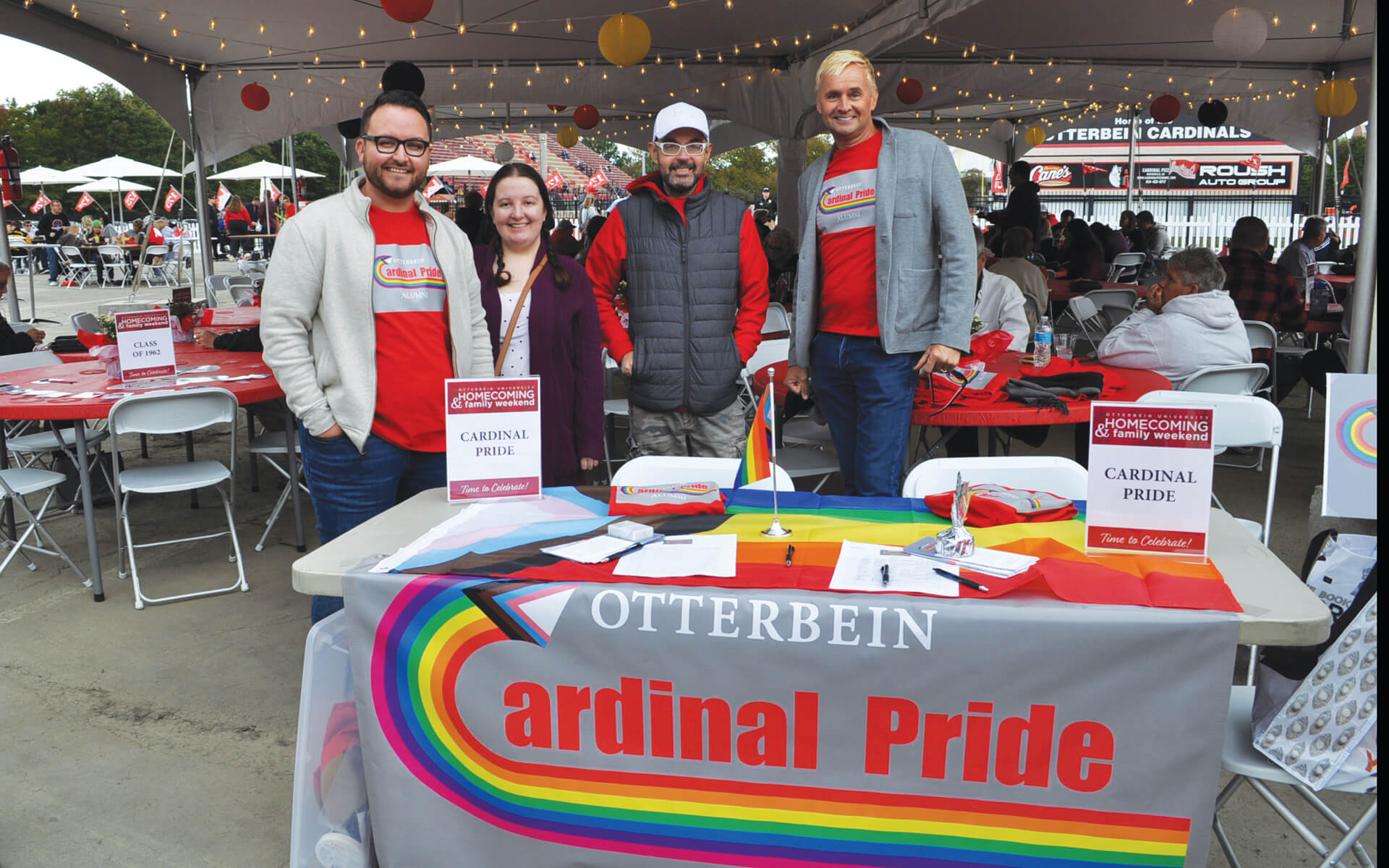
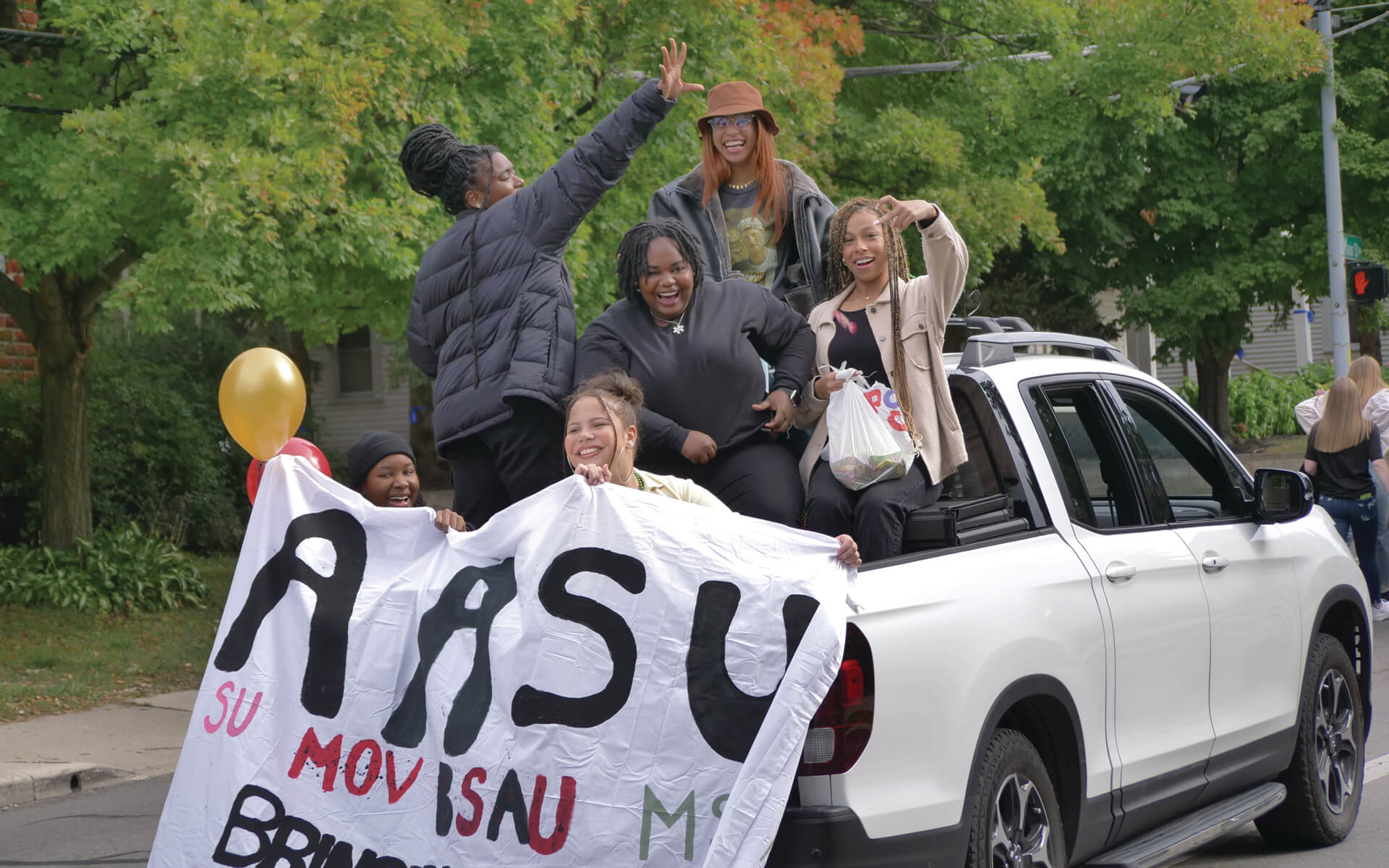
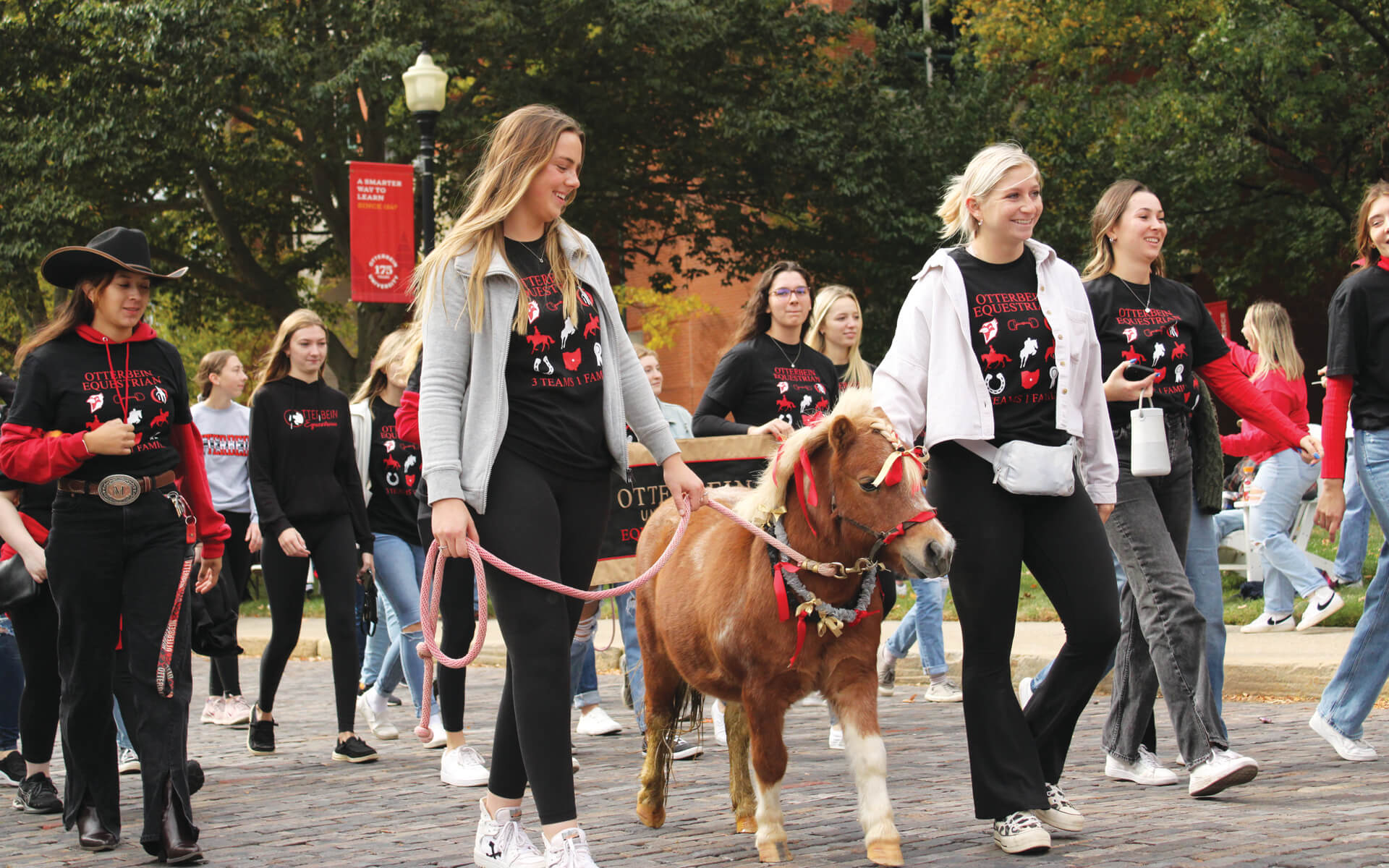
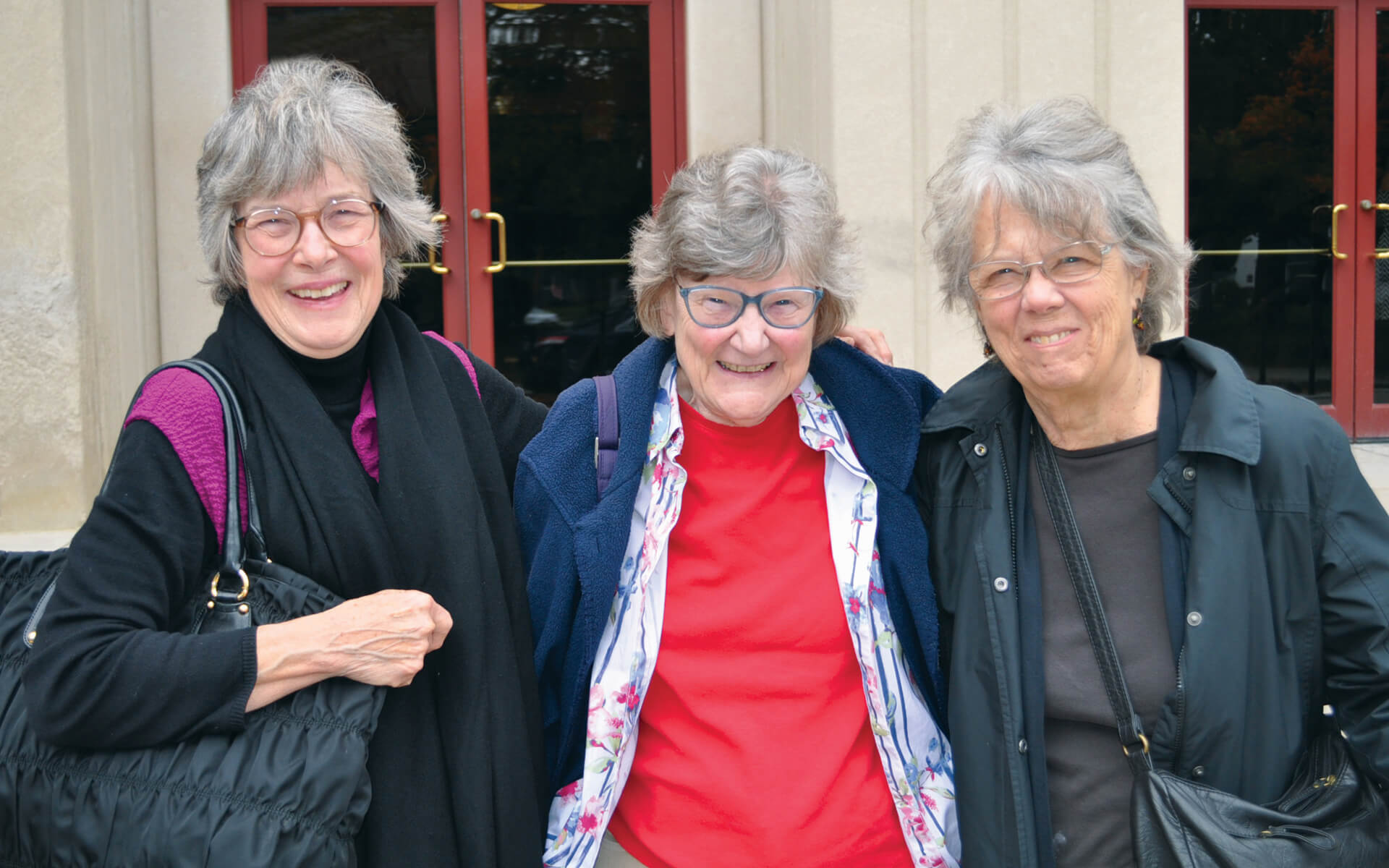
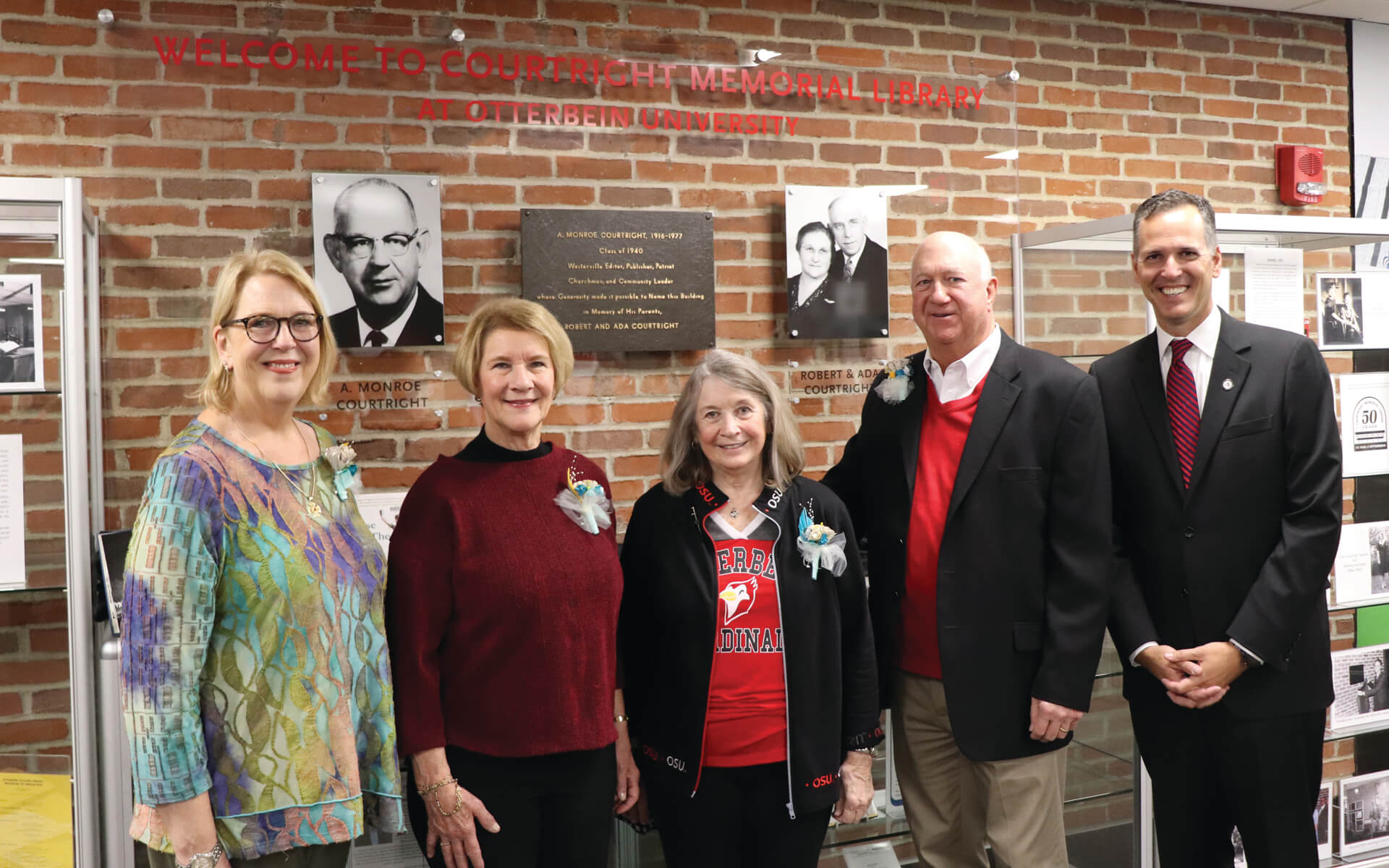
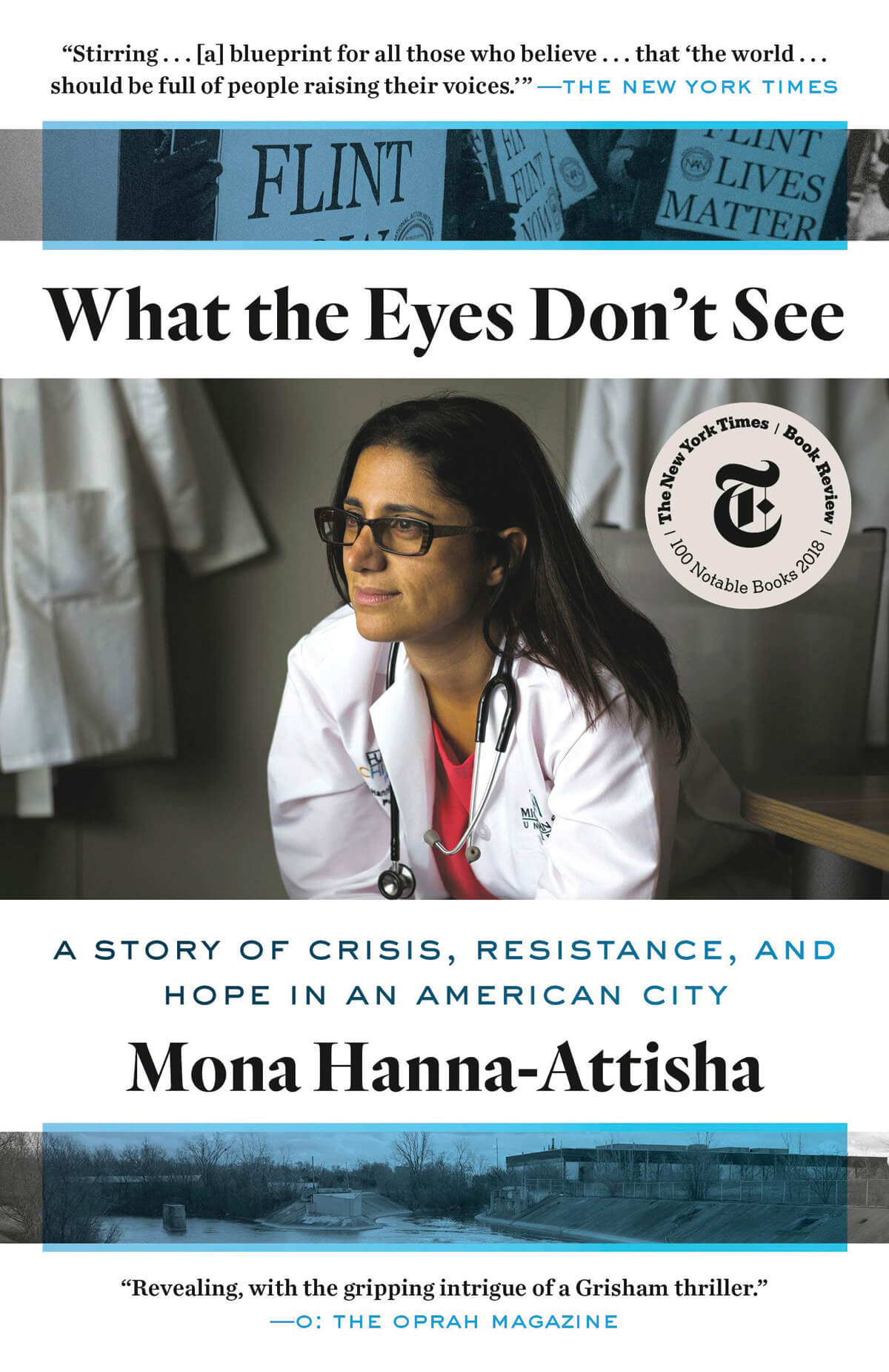
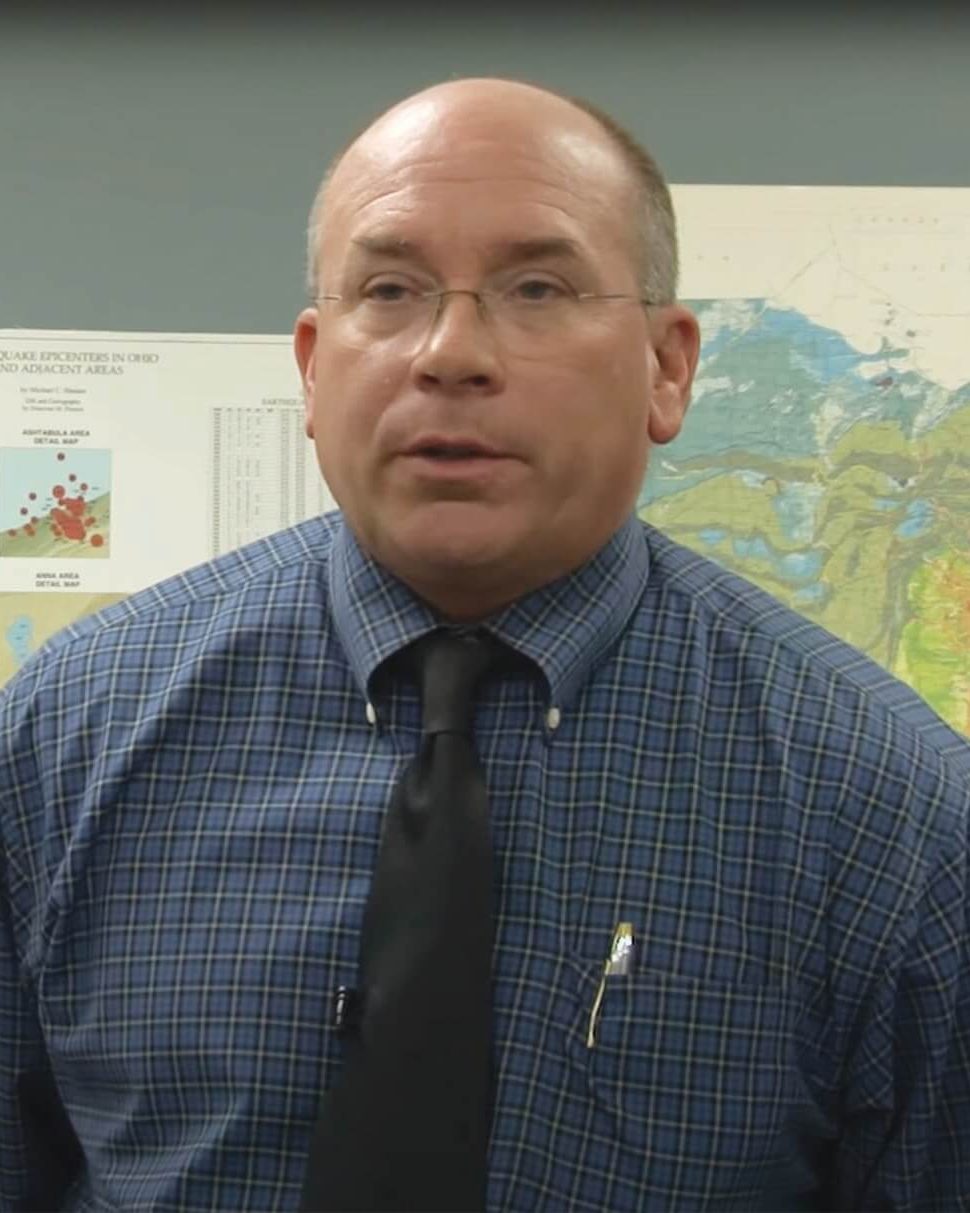 “One of the failures of those responsible for the Flint water crisis is attributed to their lack of understanding of a water delivery system and the chemical dynamics of the system. While the Flint River water may not have been toxic, the chemistry of the water caused it to be corrosive to the pipes delivering the water to residents.
“One of the failures of those responsible for the Flint water crisis is attributed to their lack of understanding of a water delivery system and the chemical dynamics of the system. While the Flint River water may not have been toxic, the chemistry of the water caused it to be corrosive to the pipes delivering the water to residents.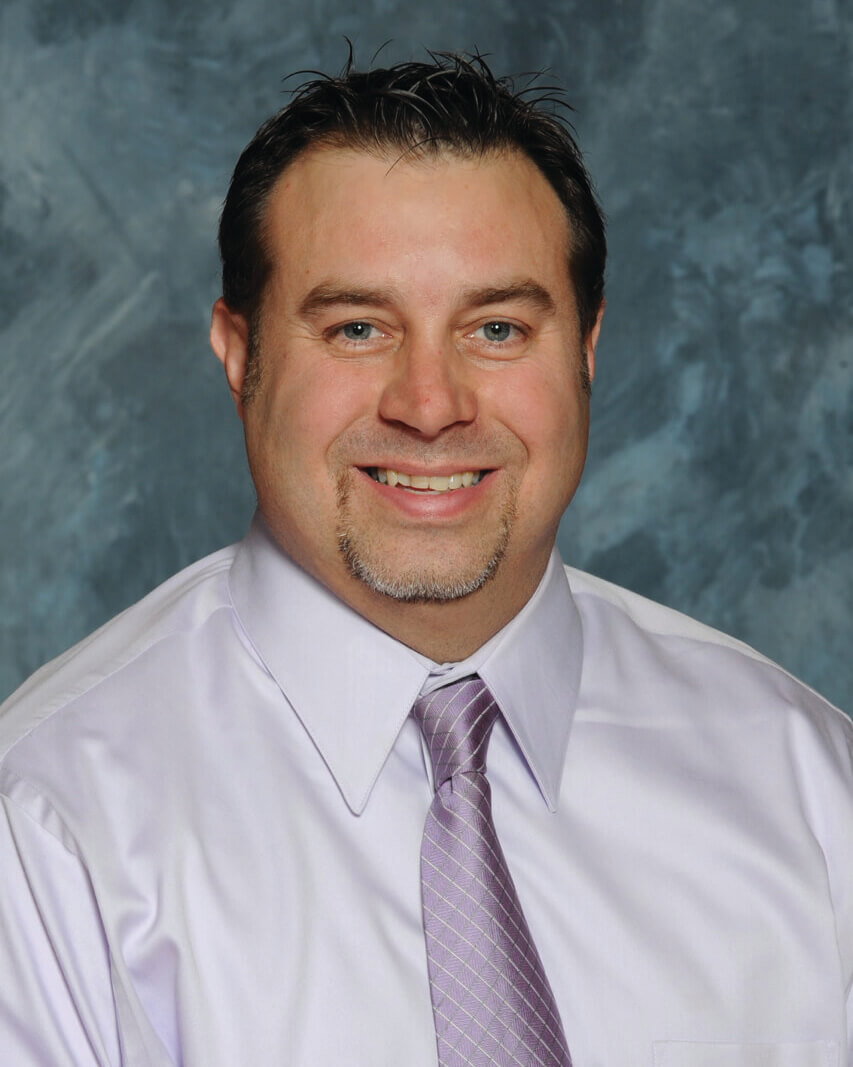 “The Environmental Protection Agency defines environmental justice as ‘the fair treatment and meaningful involvement of all people regardless of race, color, national origin, or income, with respect to the development, implementation, and enforcement of environmental laws, regulations, and policies.
“The Environmental Protection Agency defines environmental justice as ‘the fair treatment and meaningful involvement of all people regardless of race, color, national origin, or income, with respect to the development, implementation, and enforcement of environmental laws, regulations, and policies.